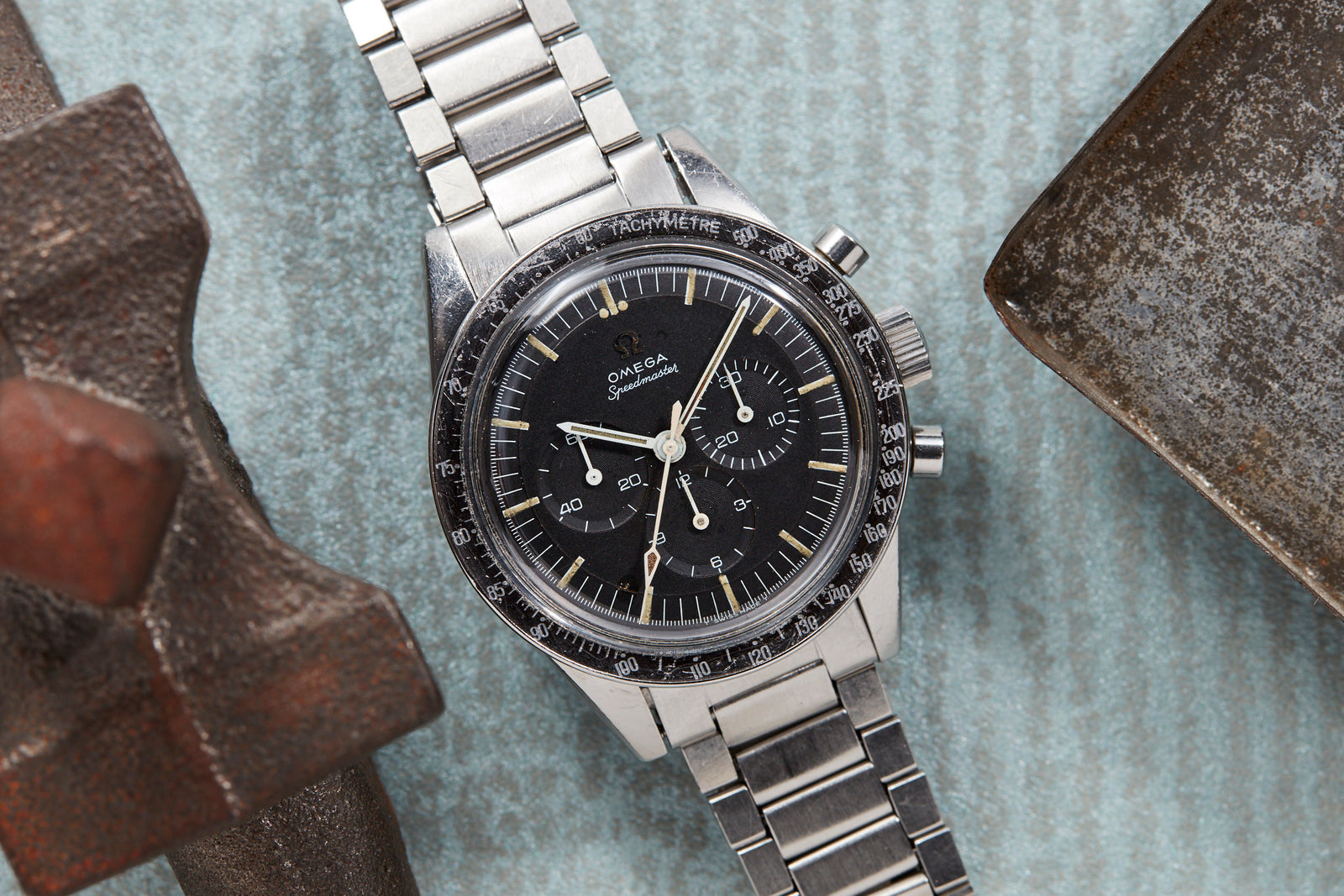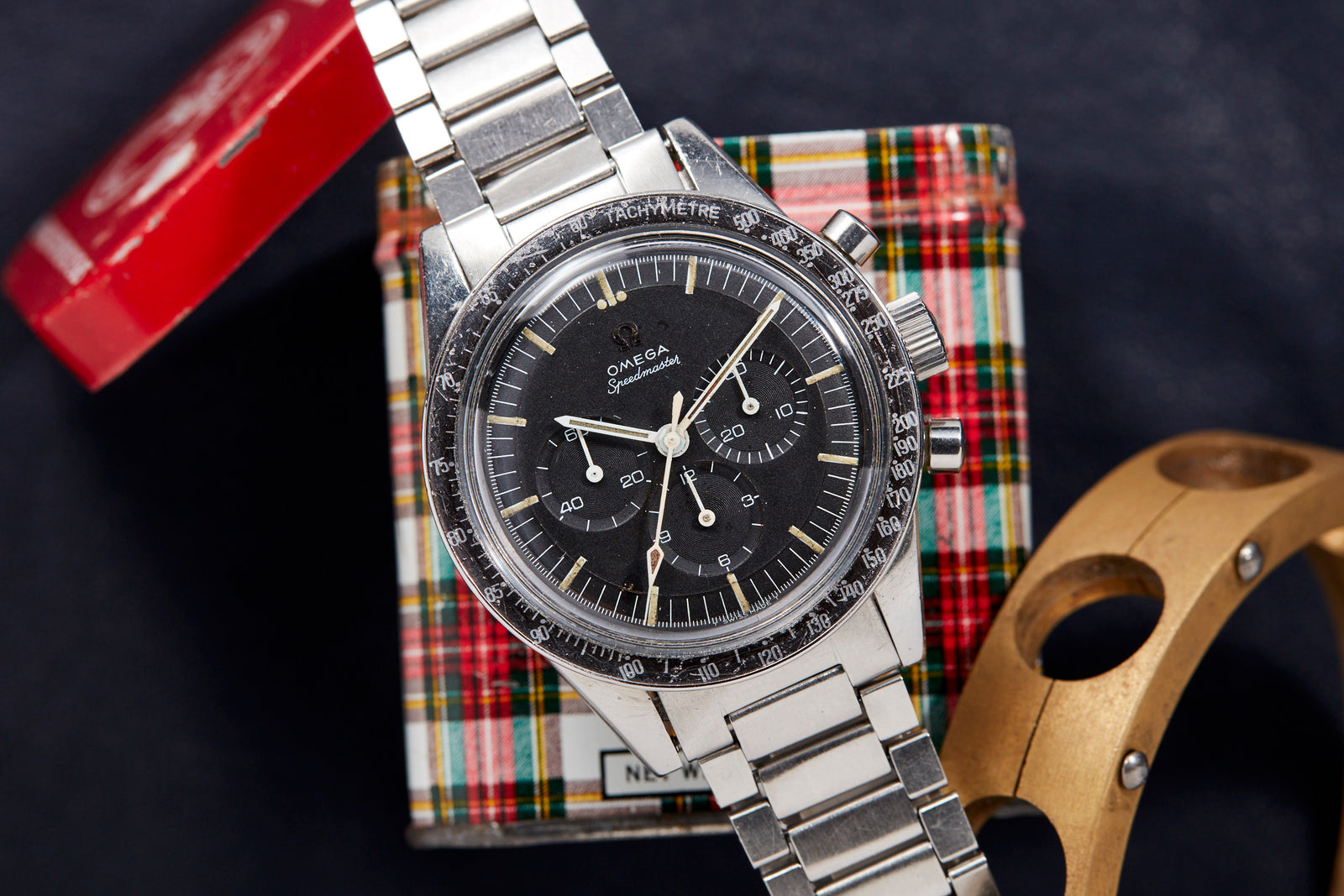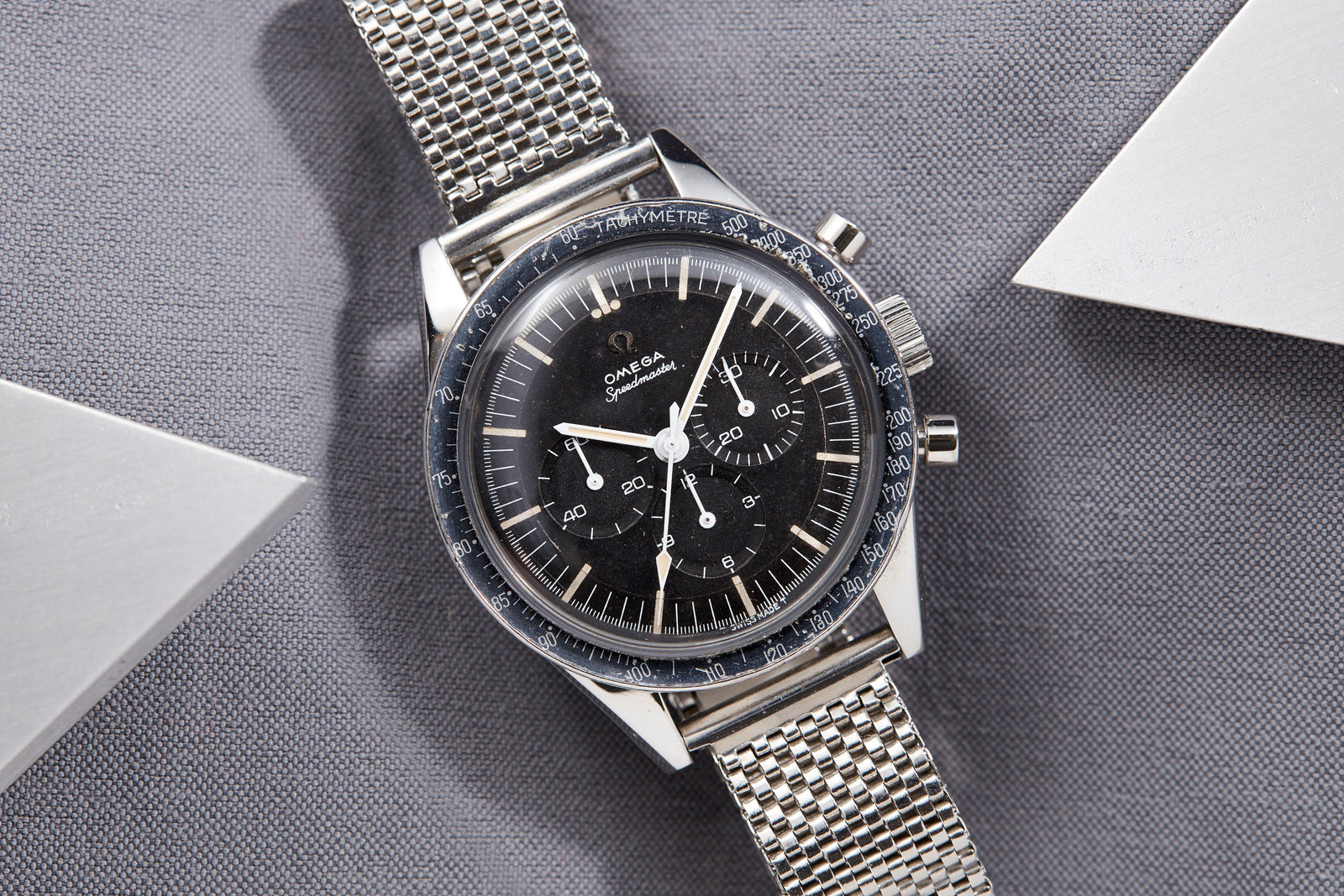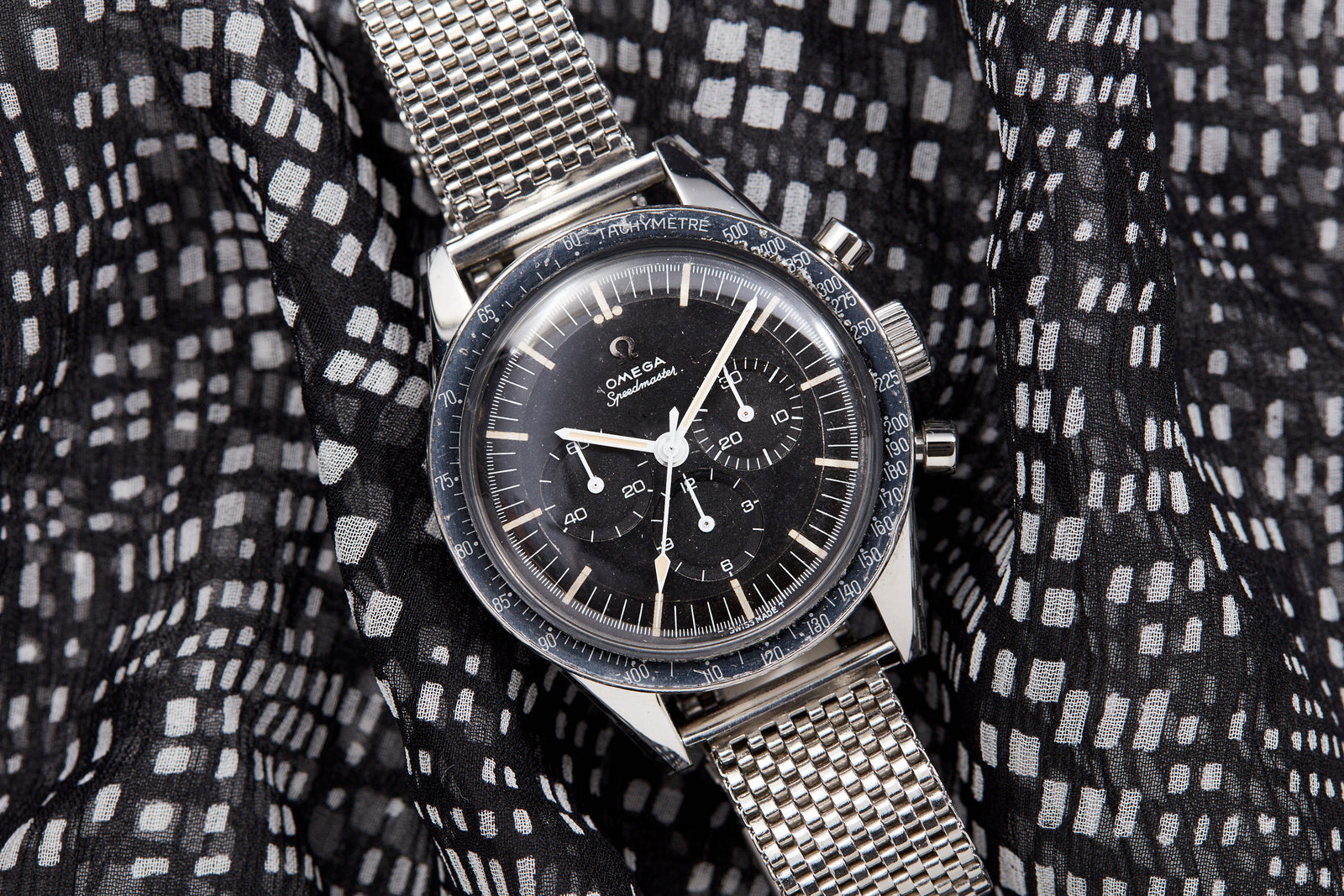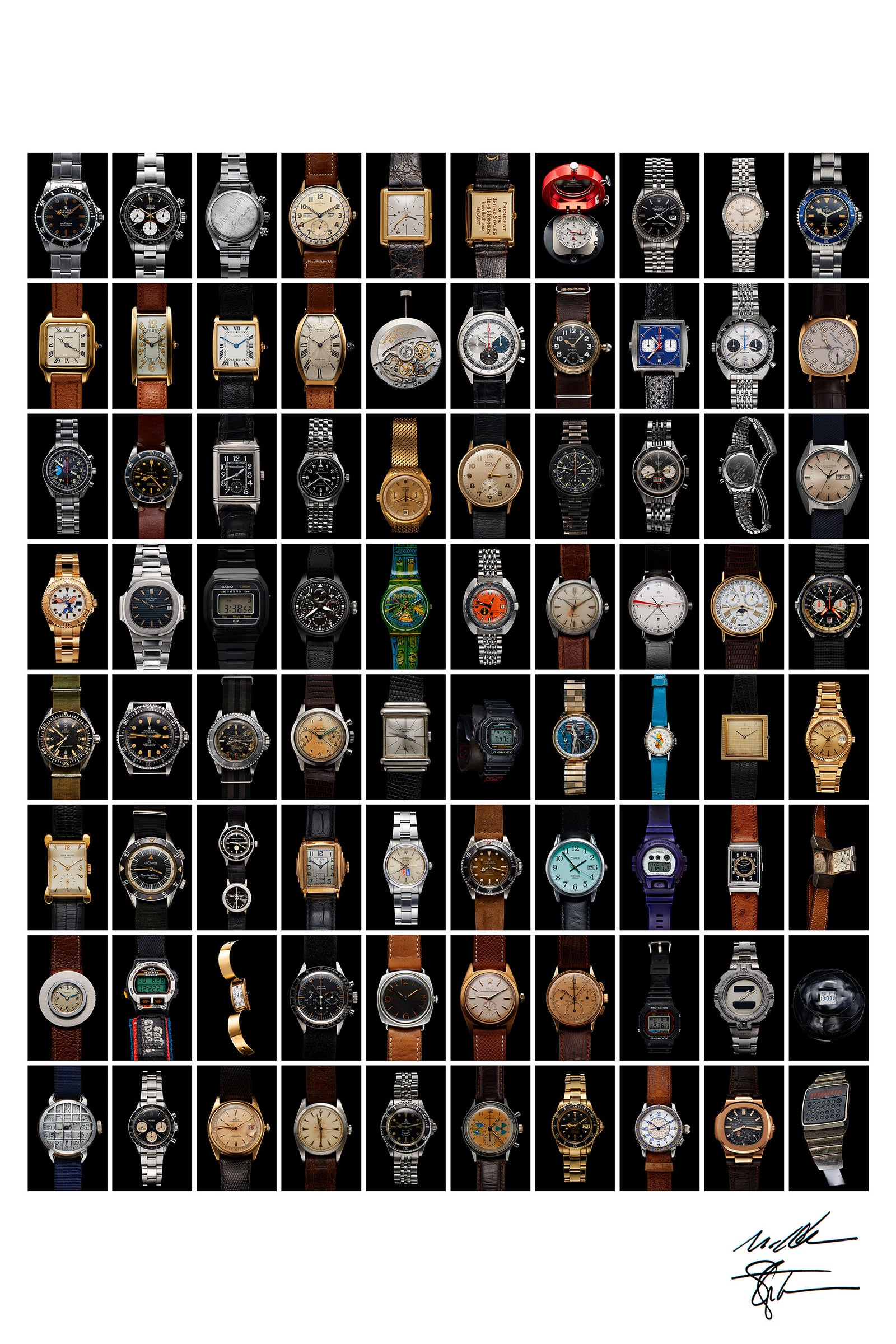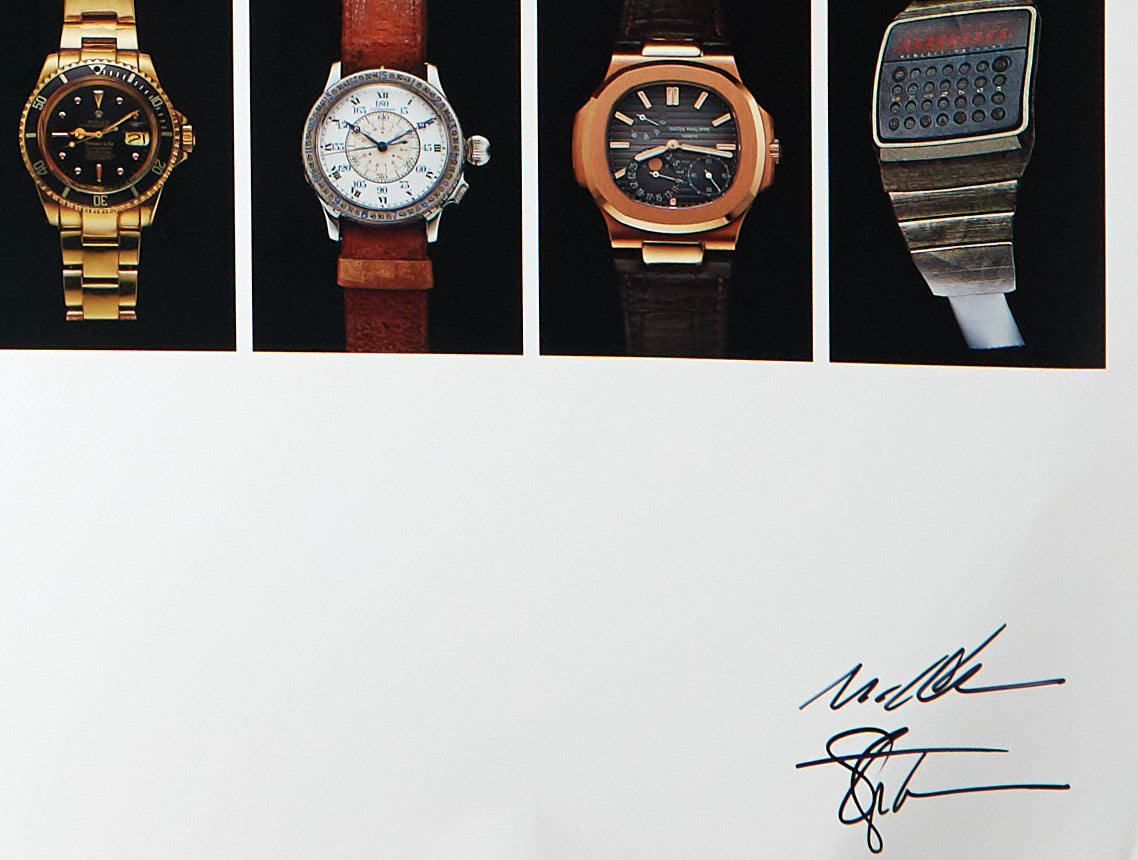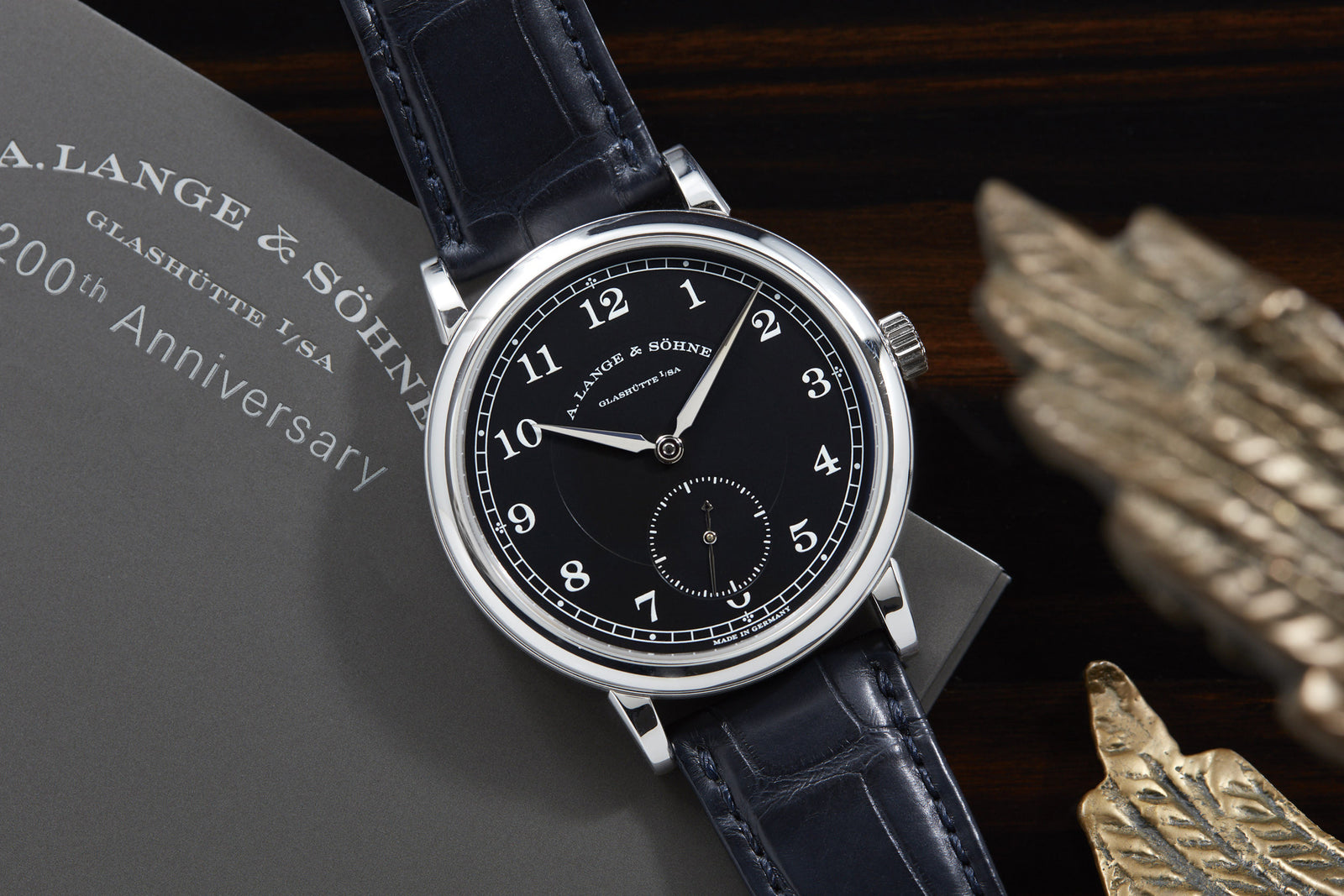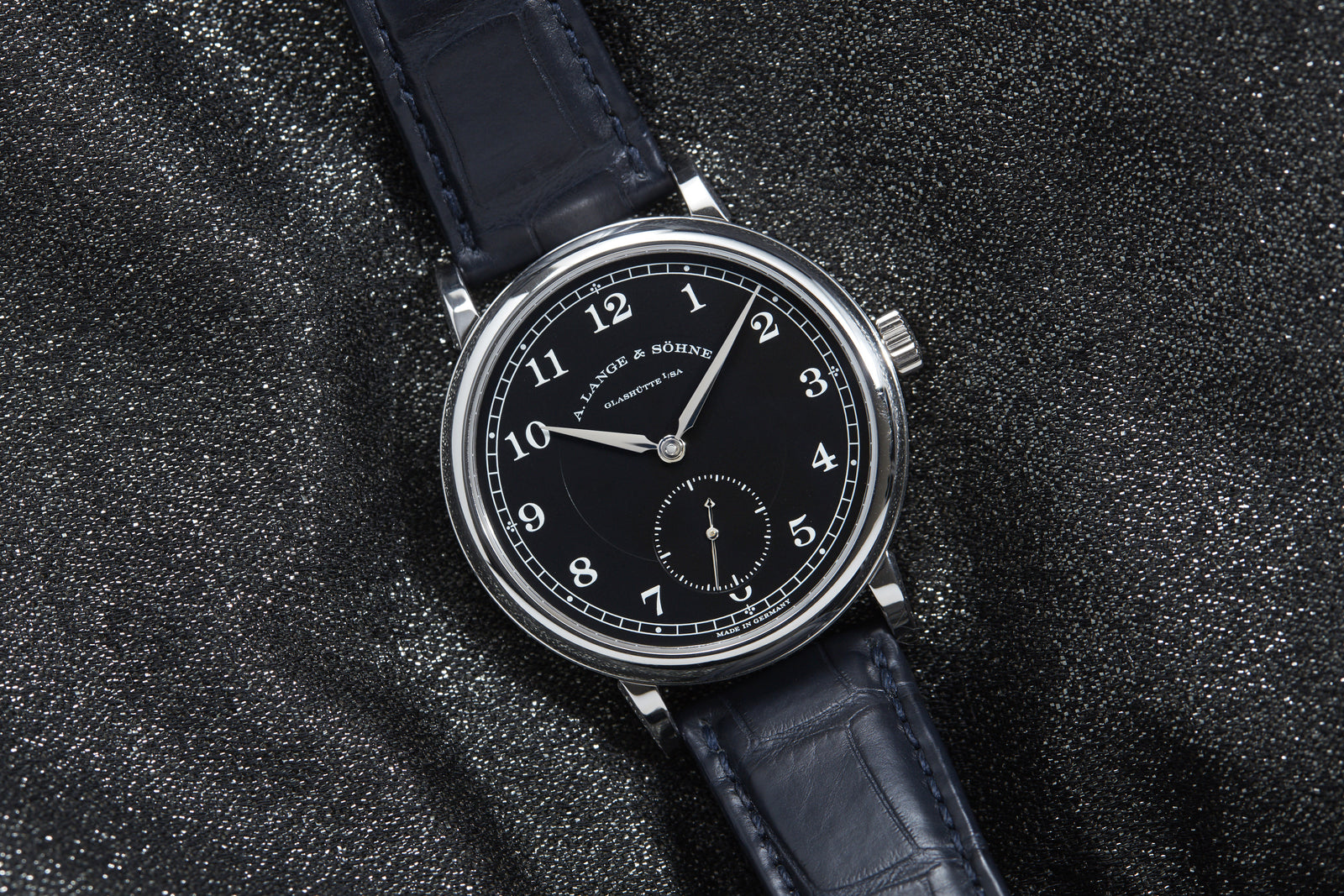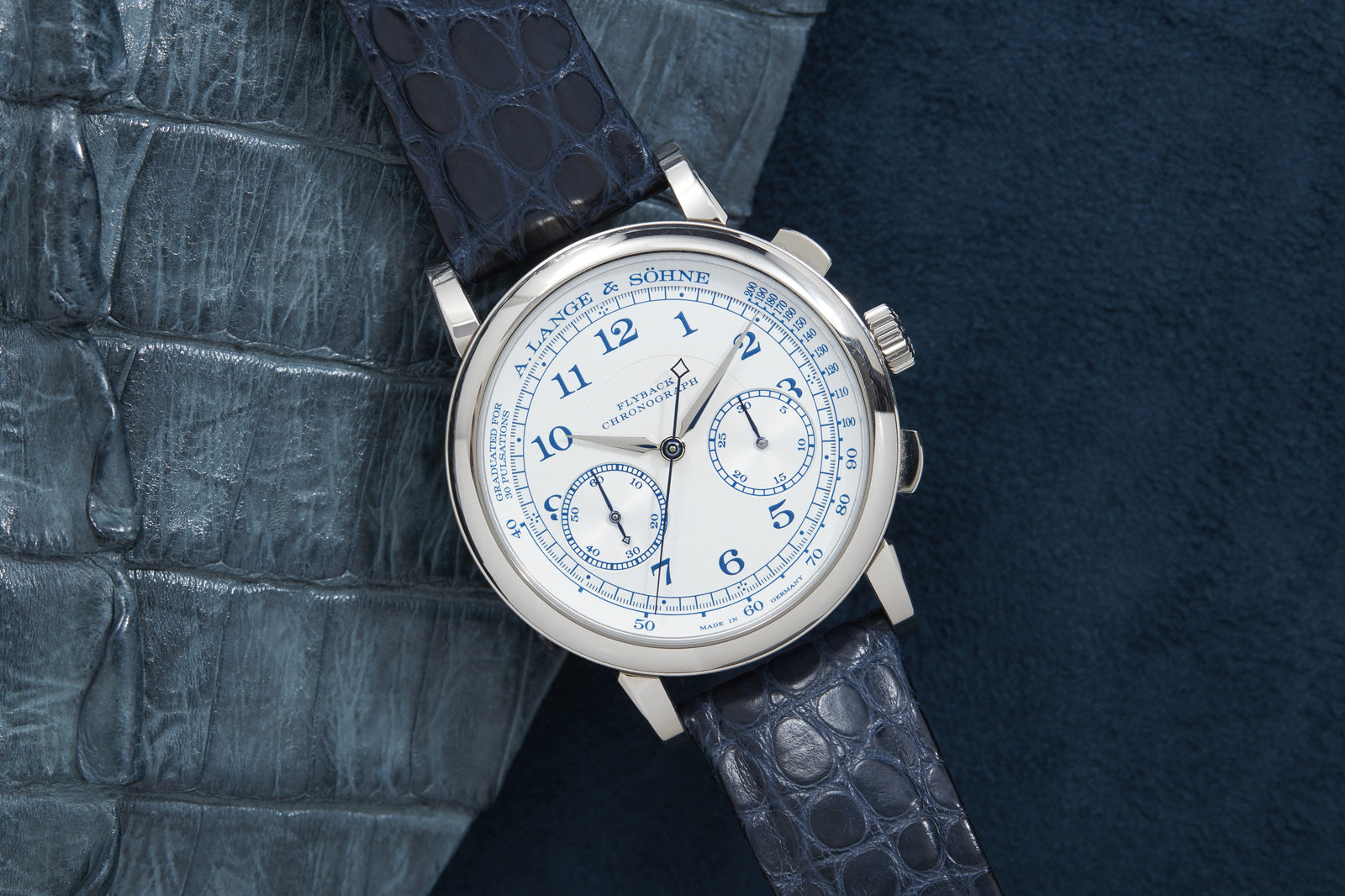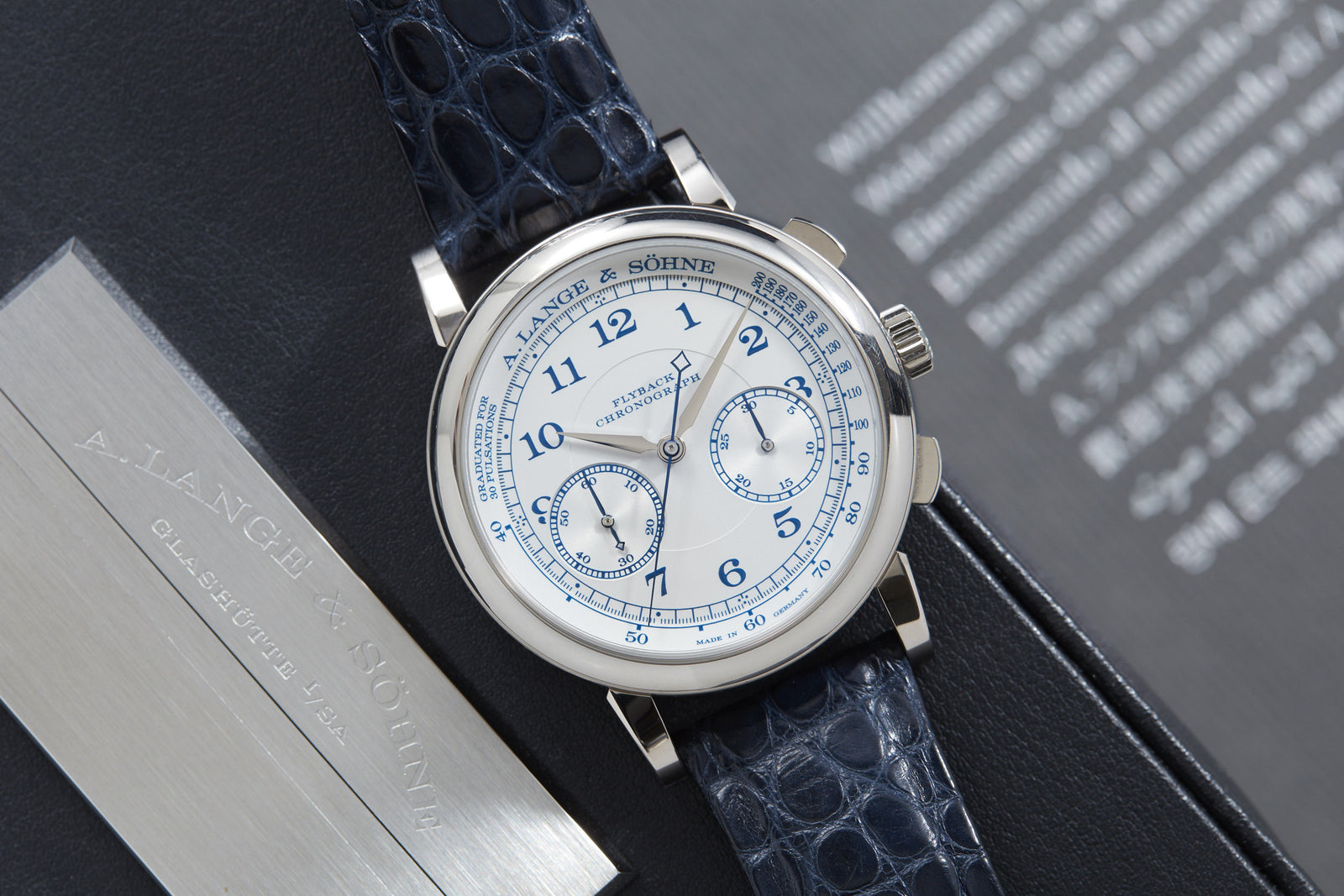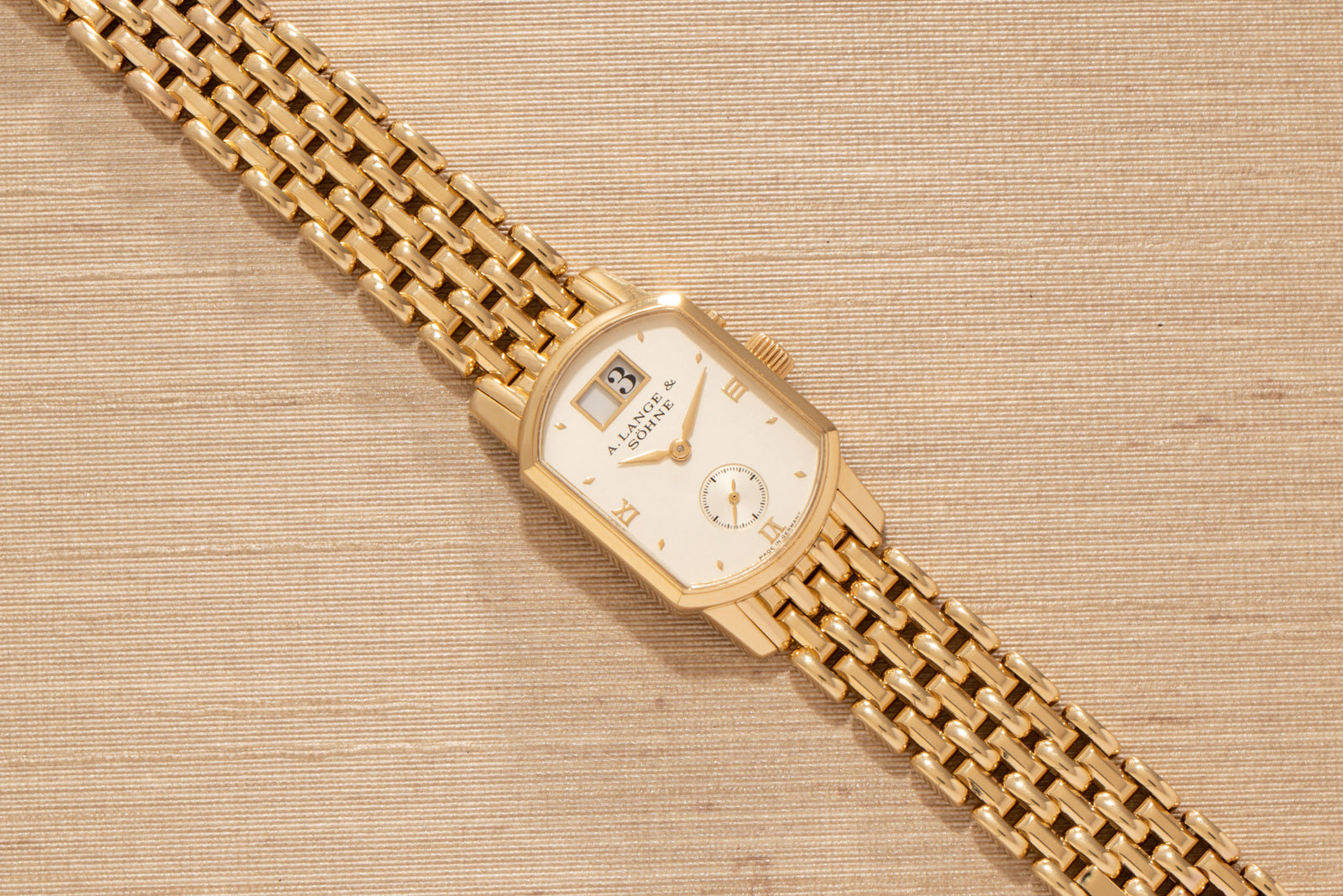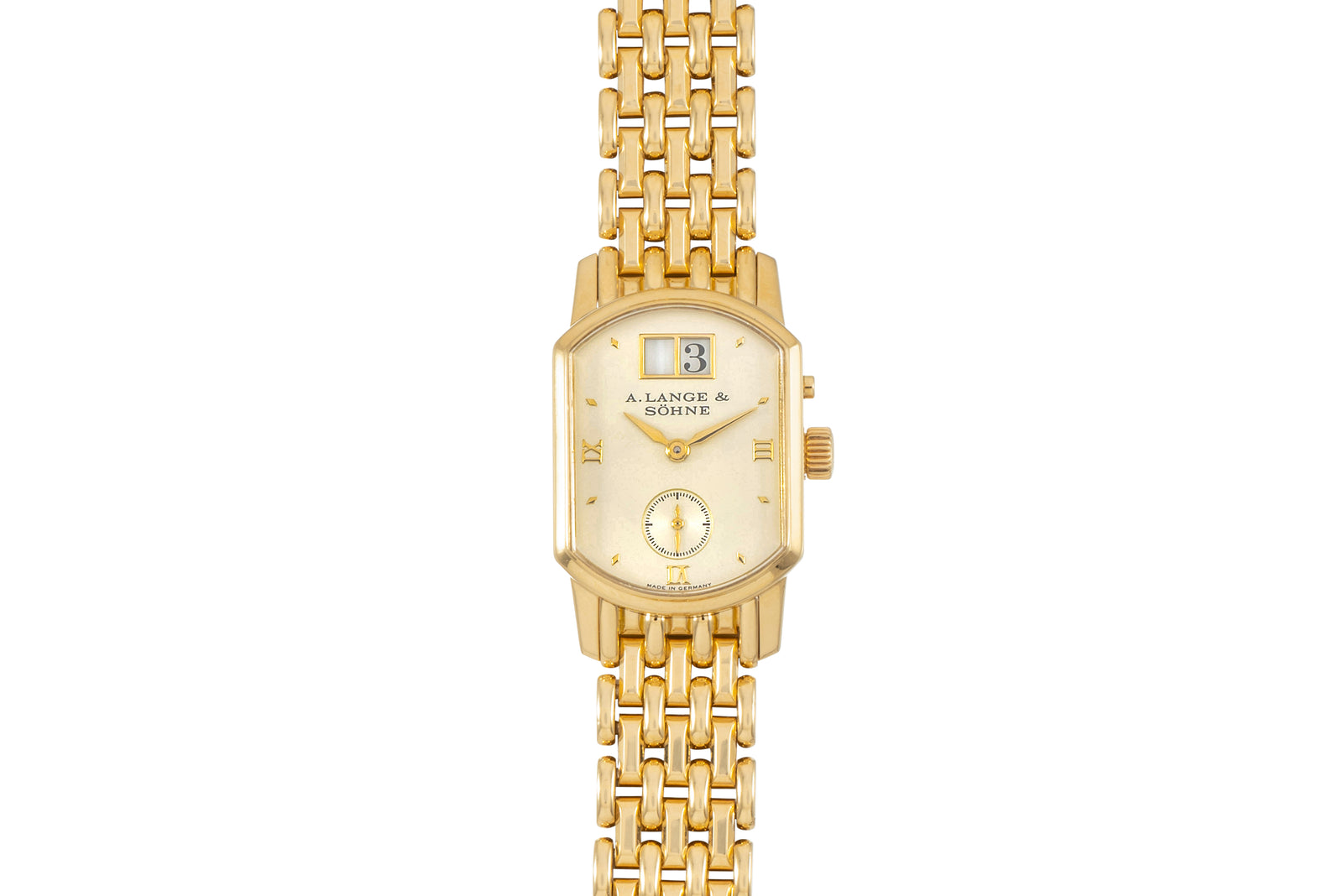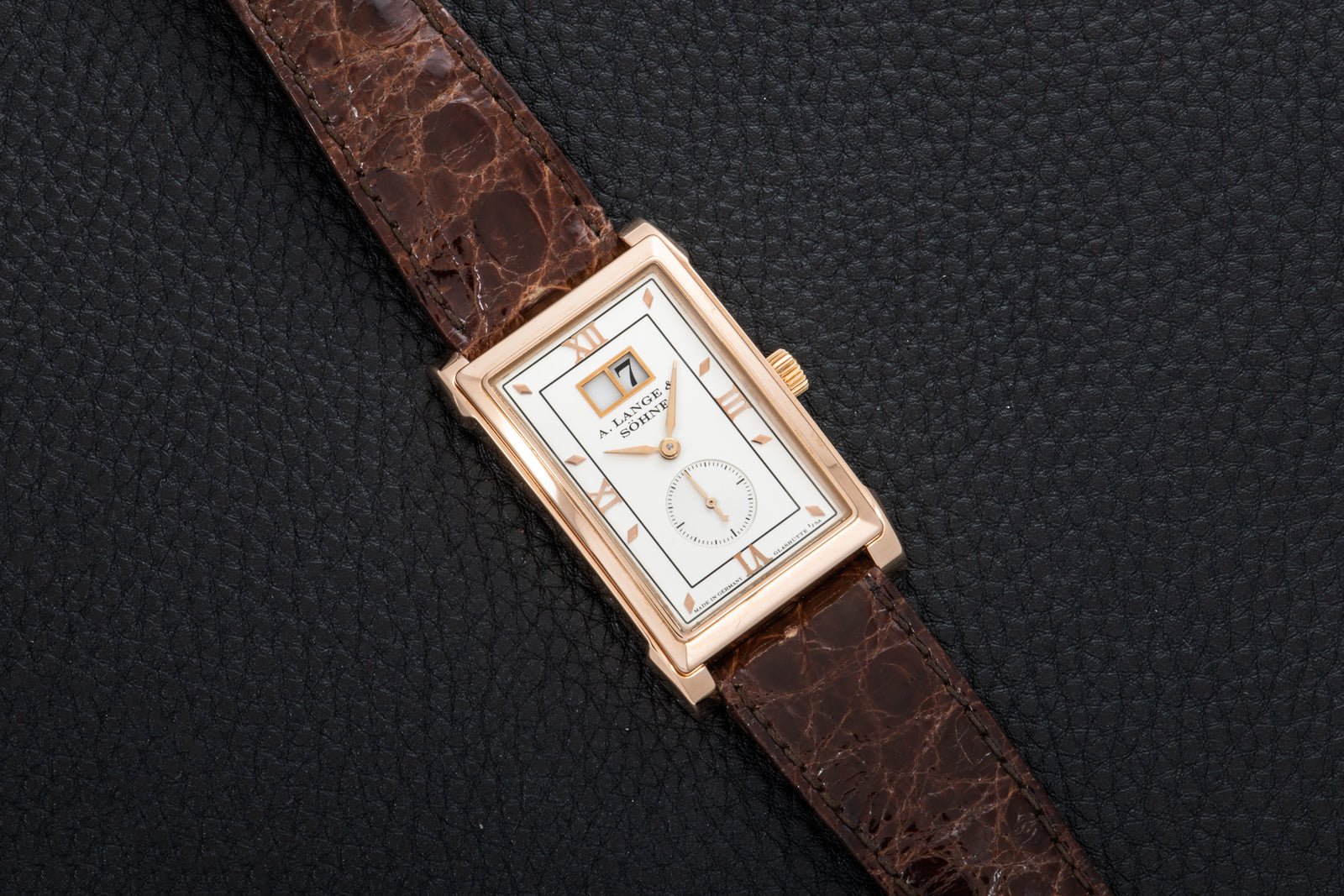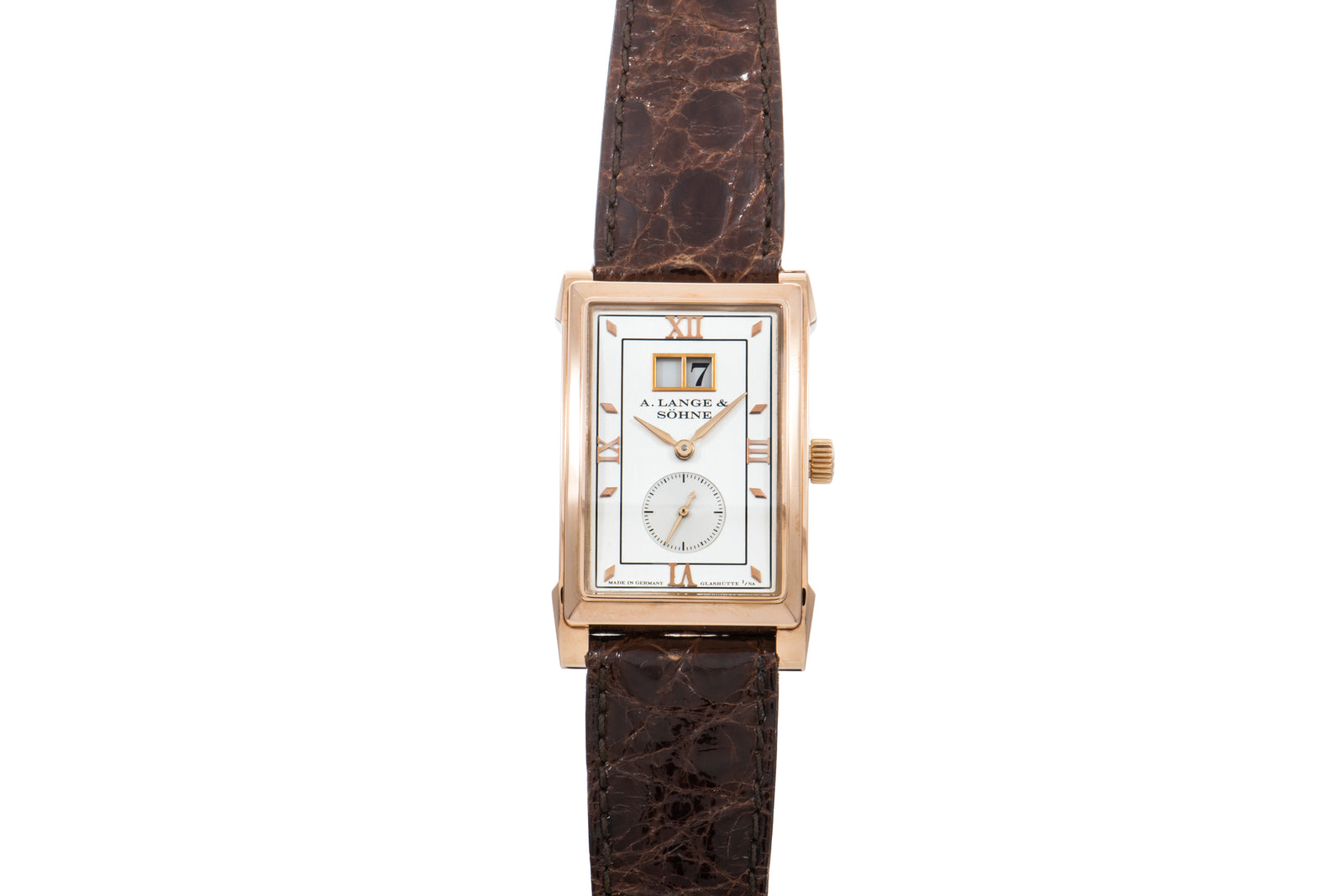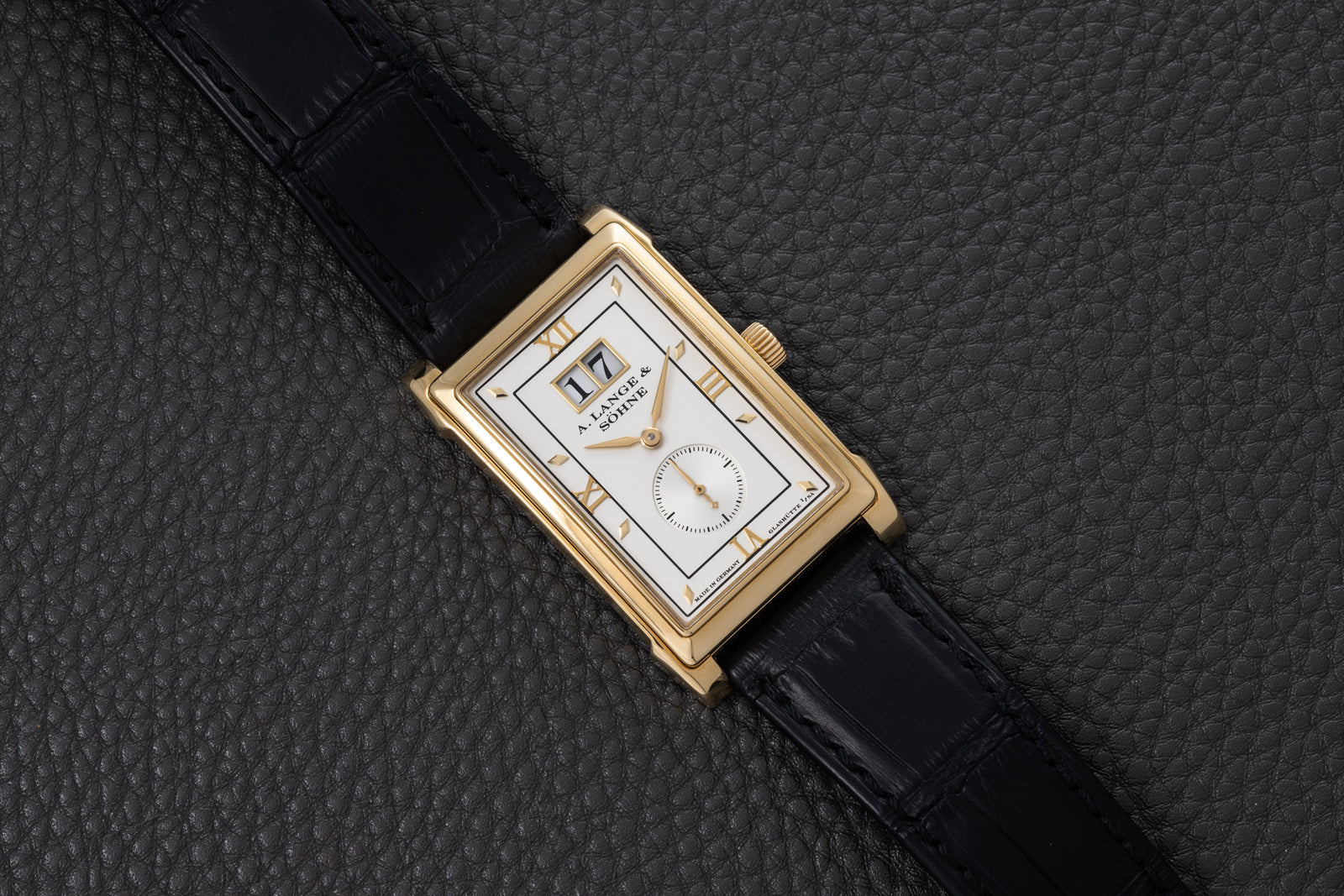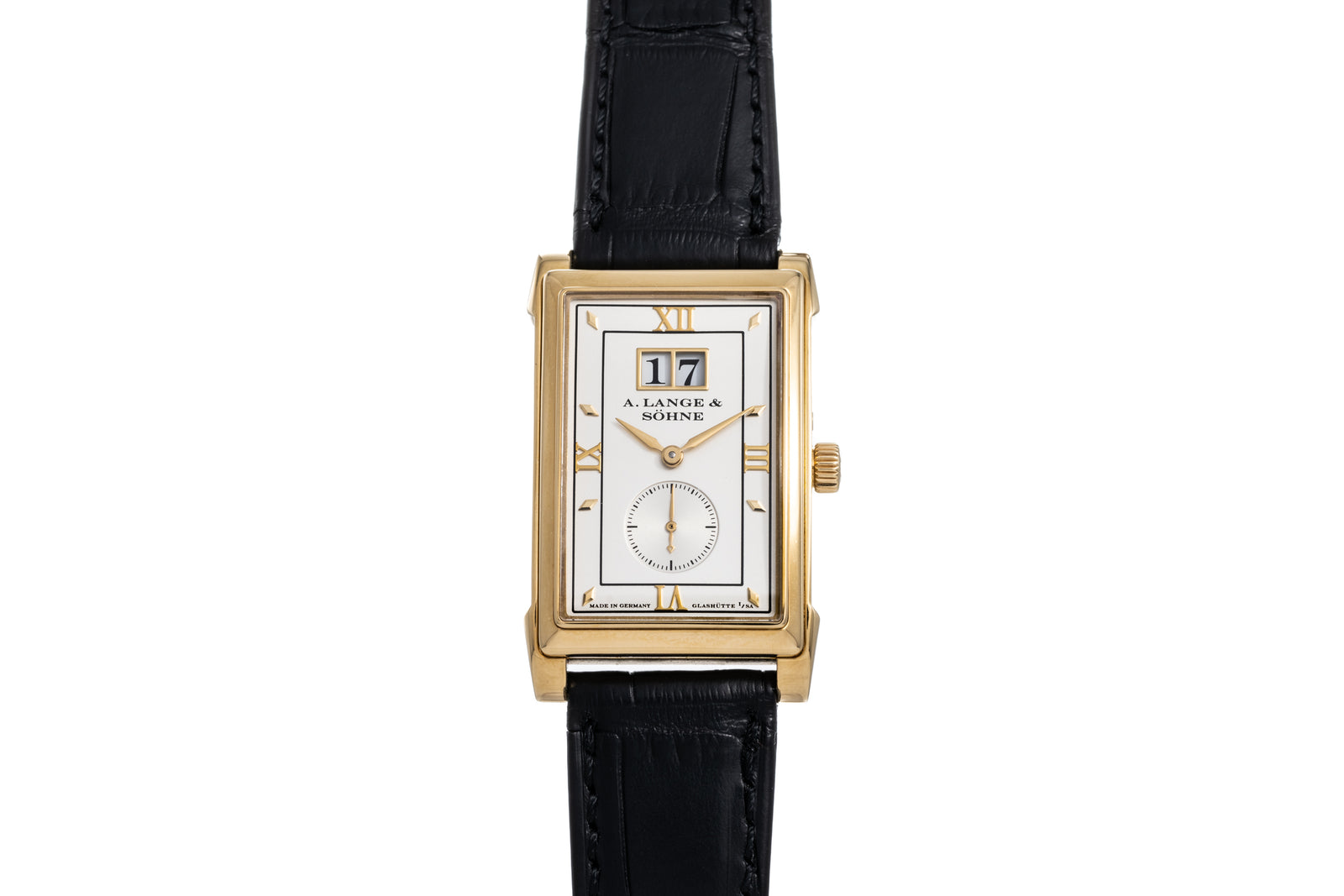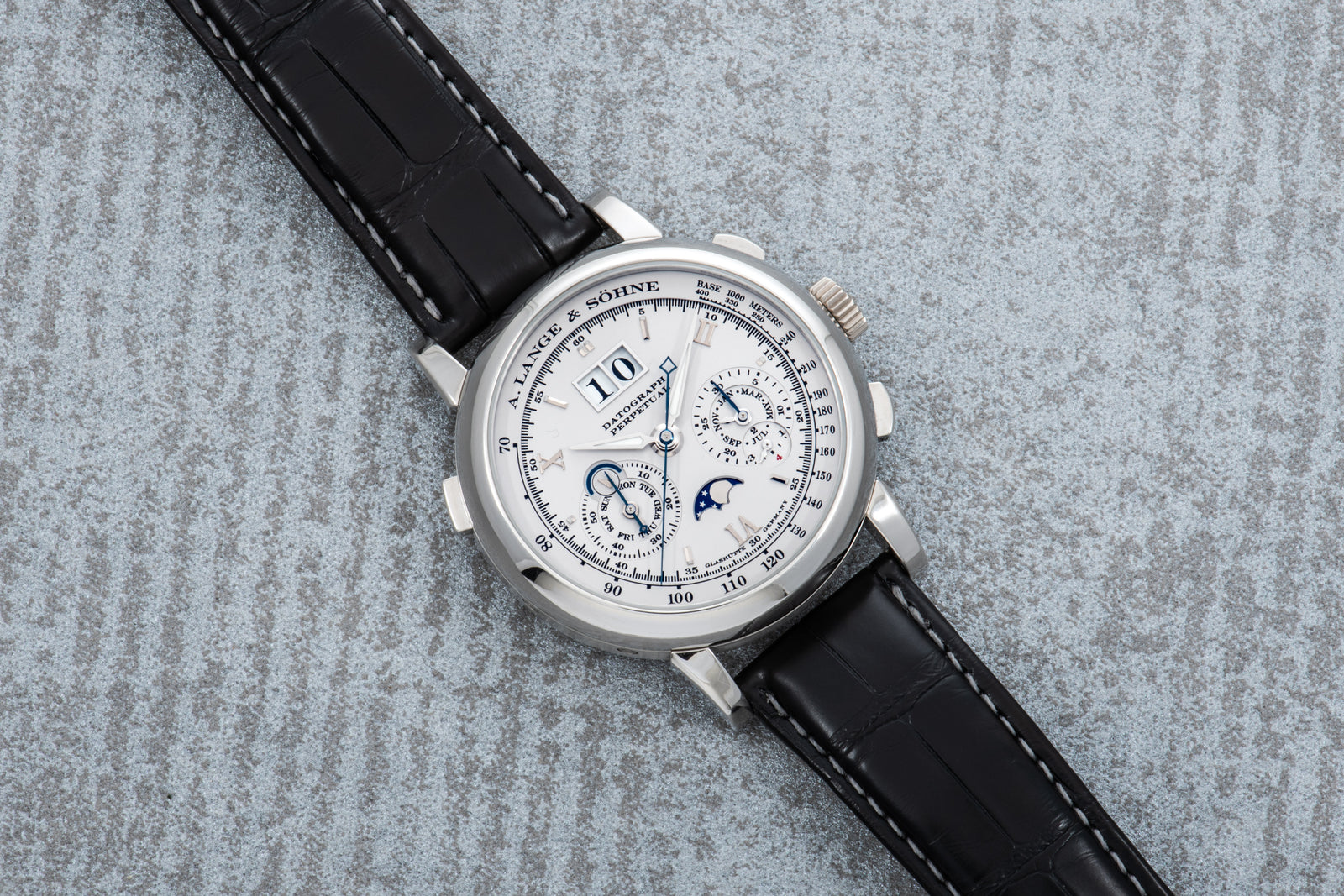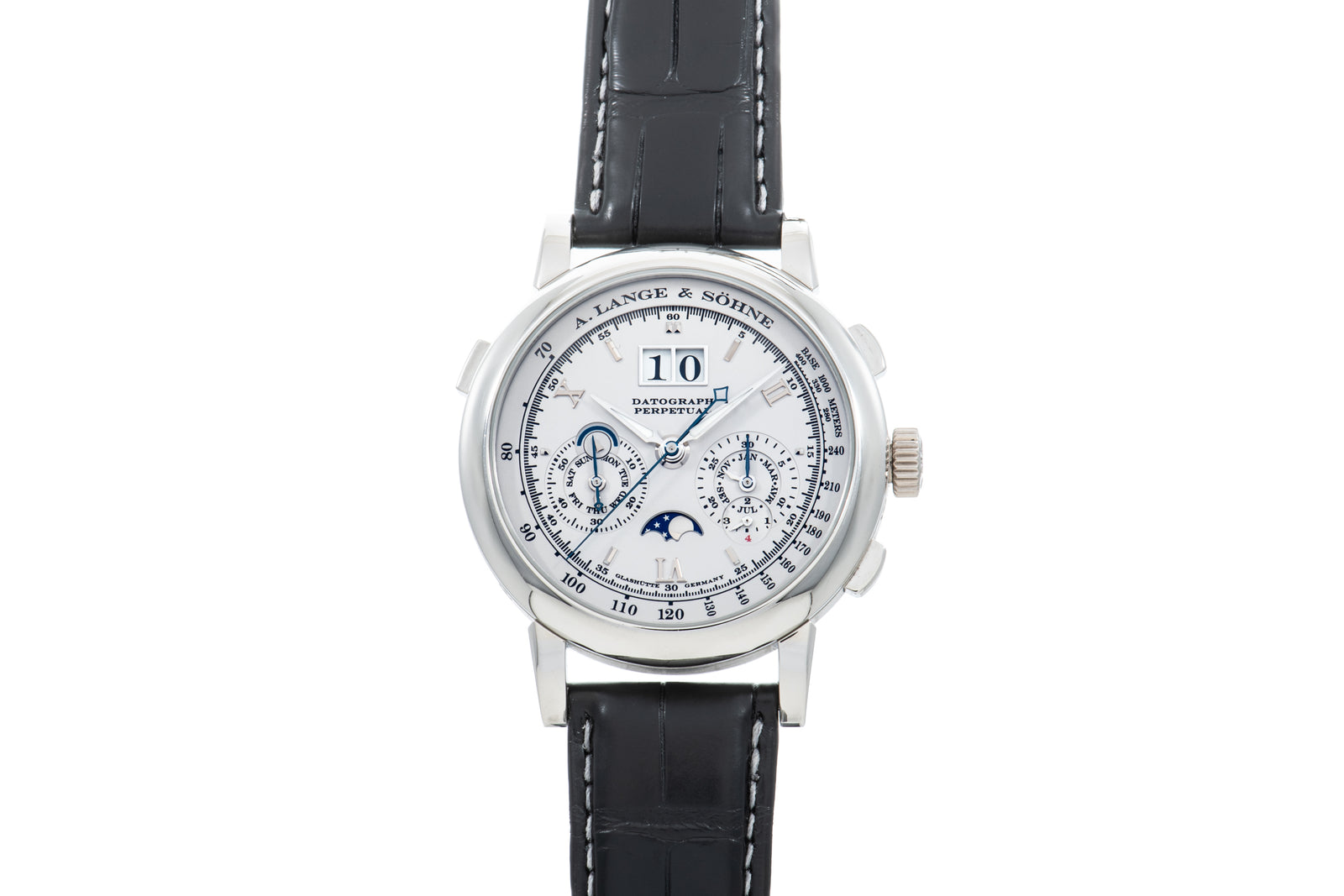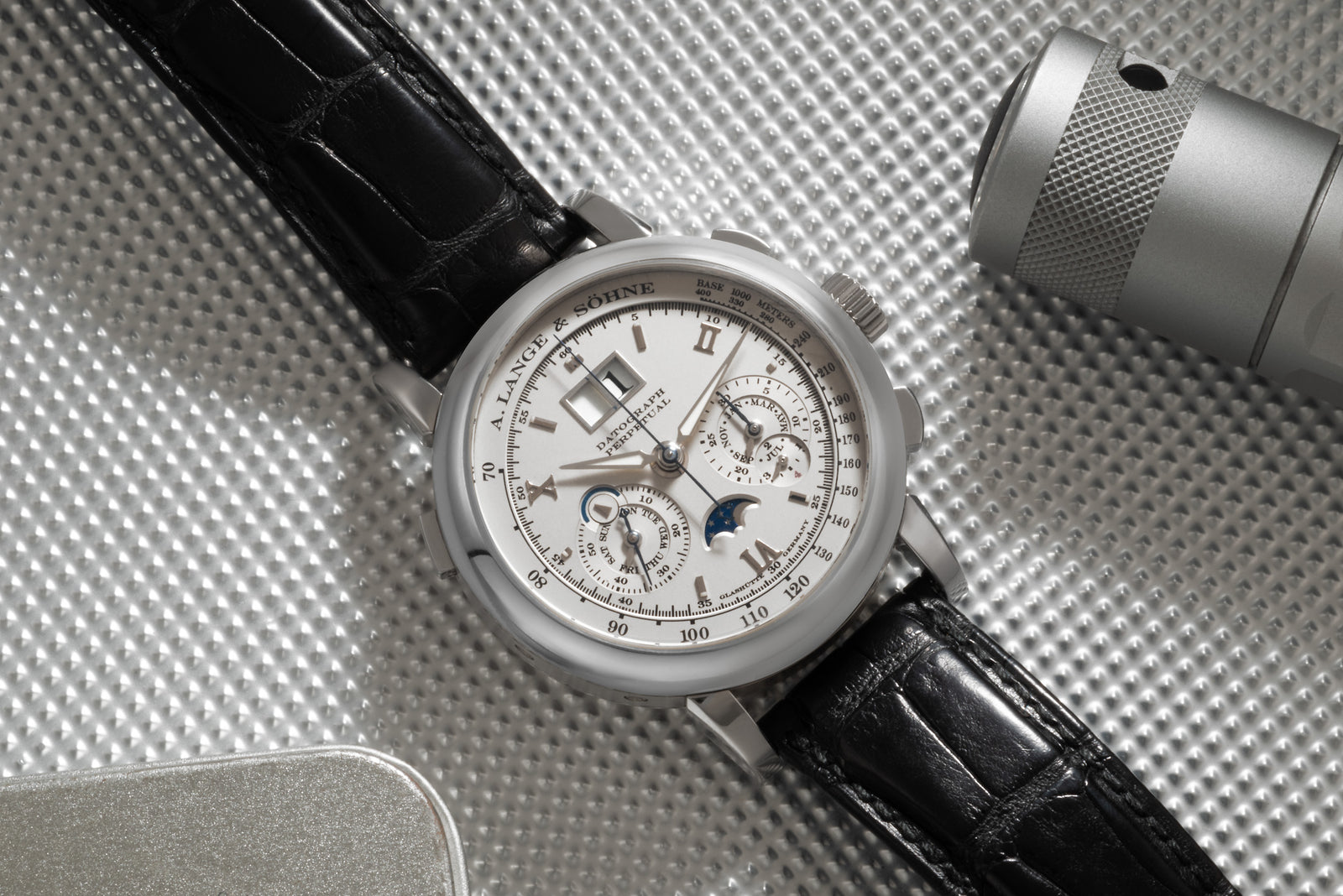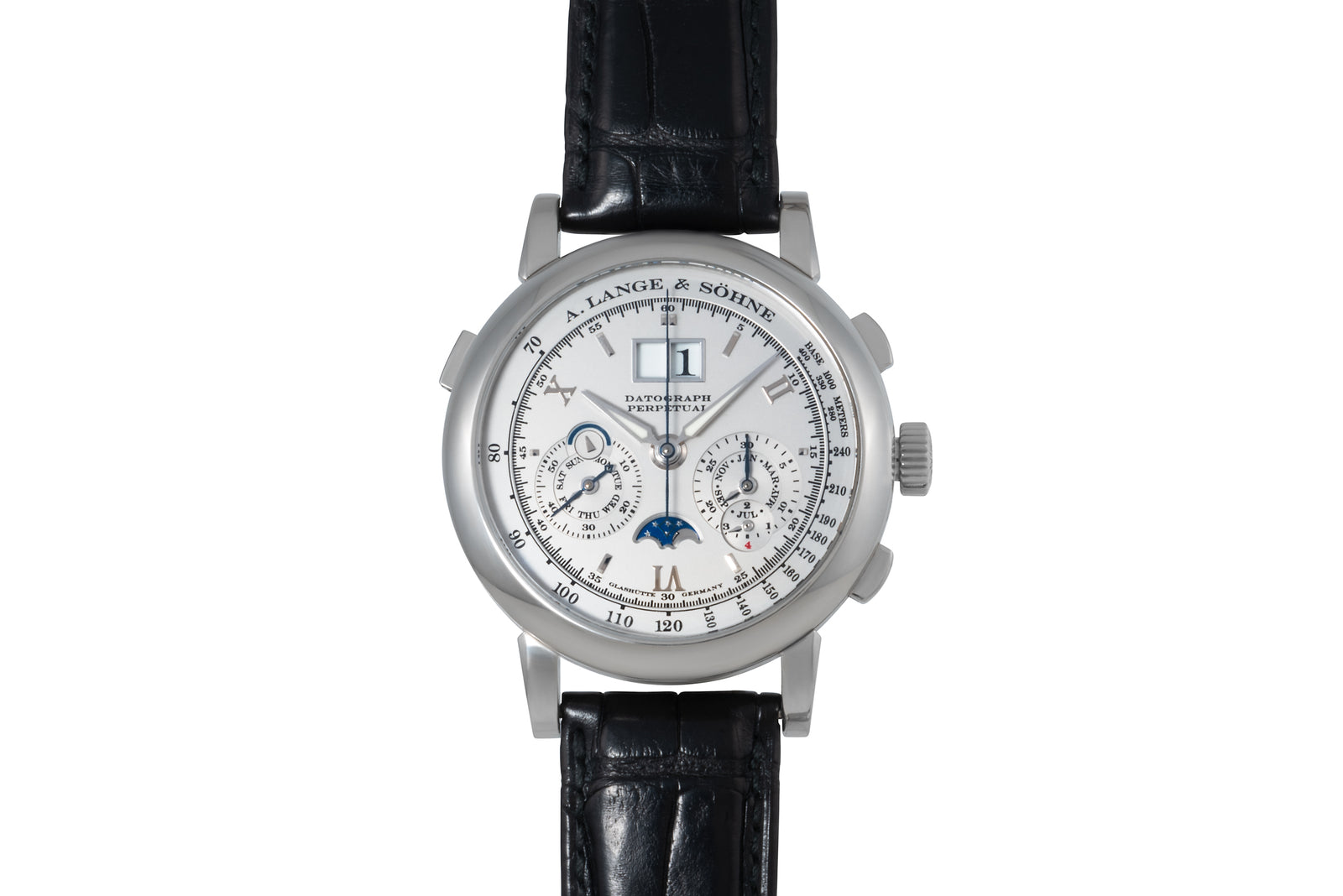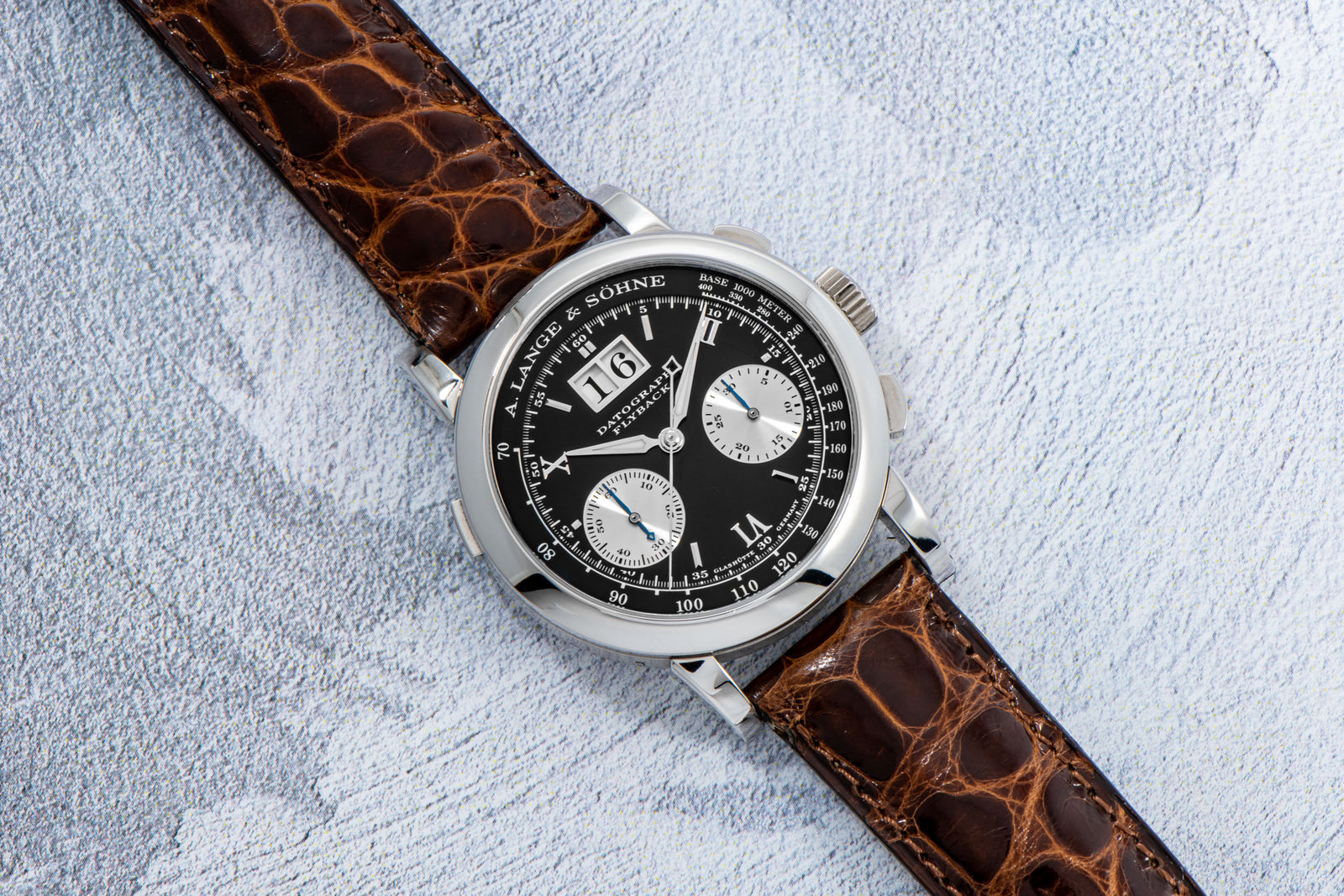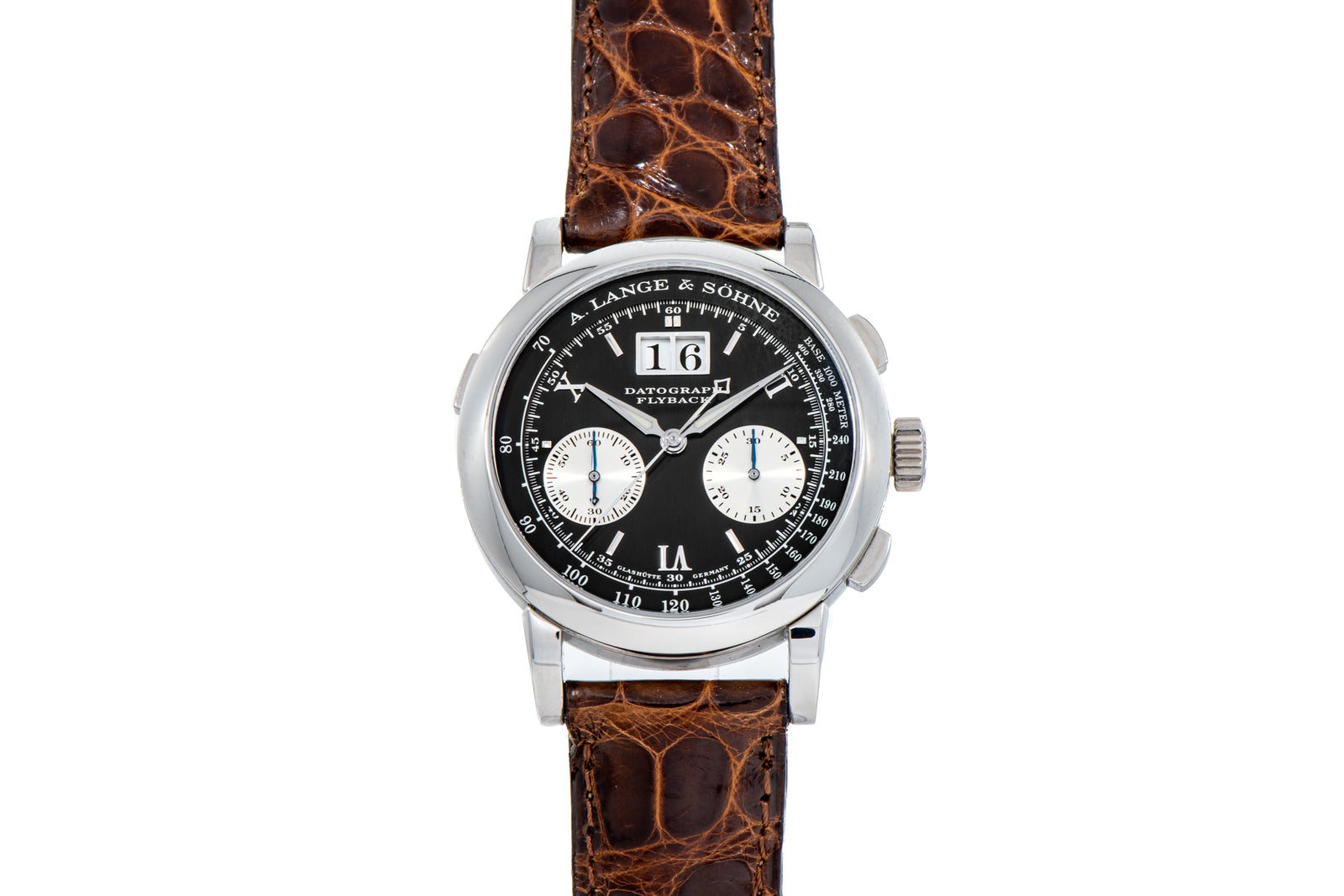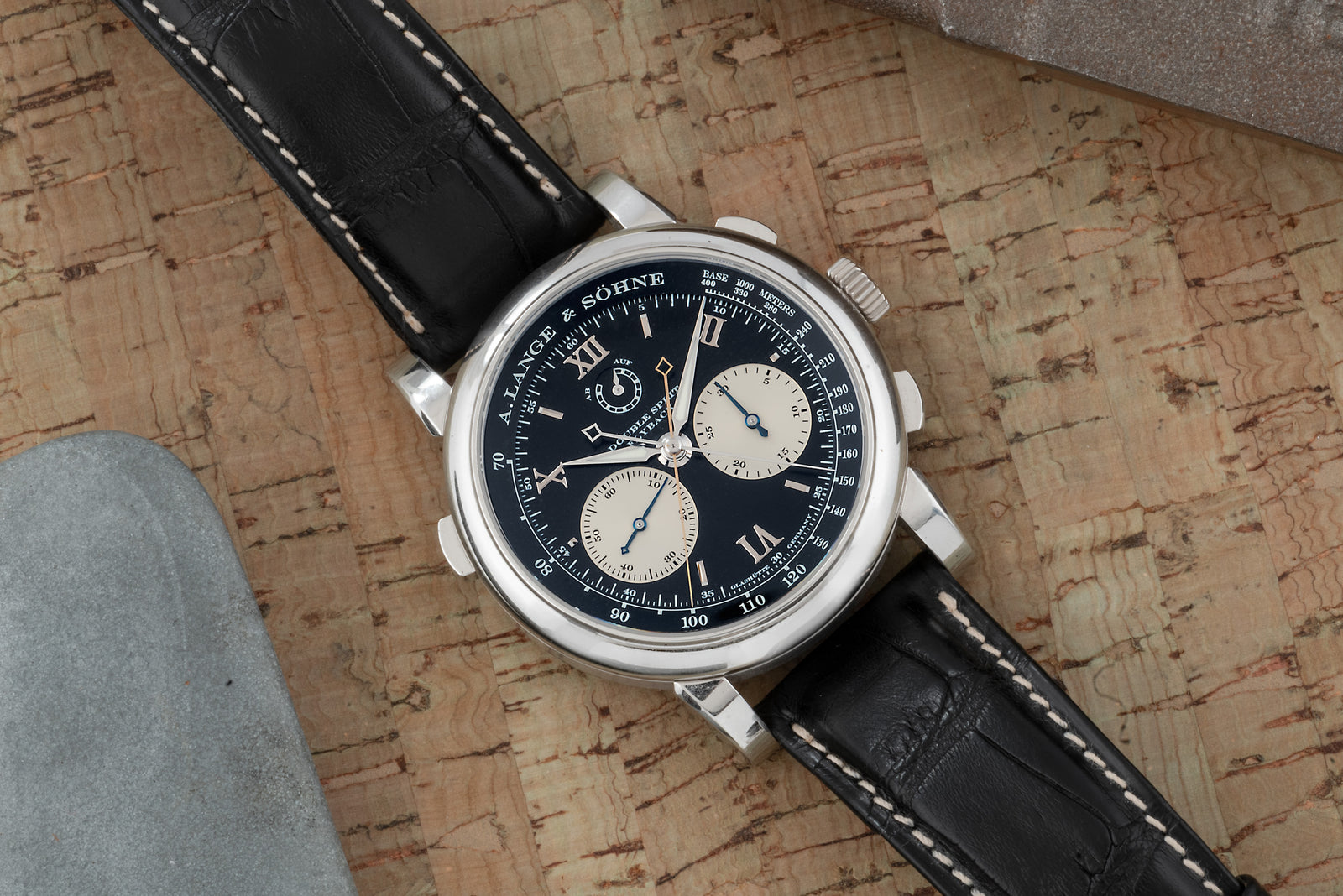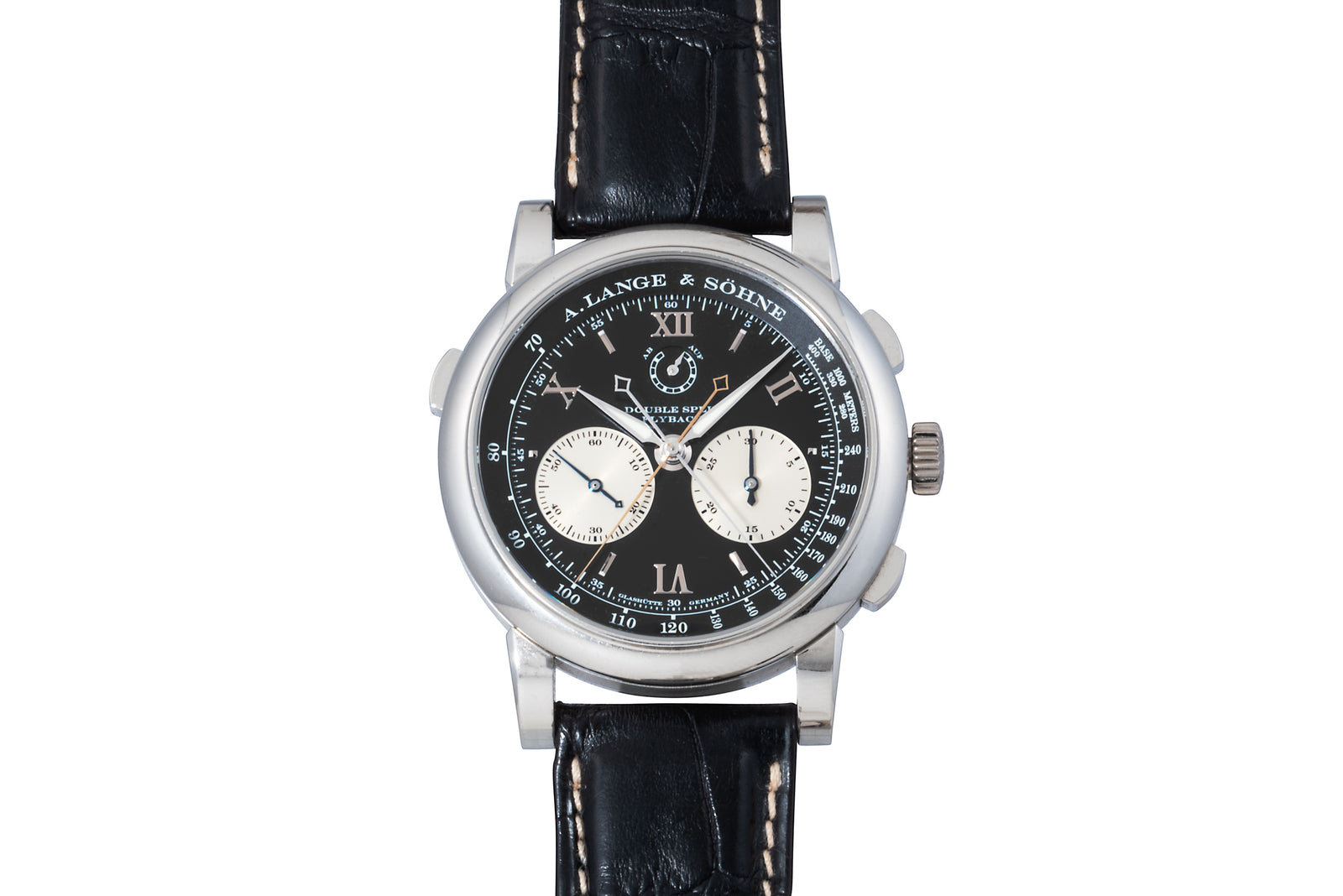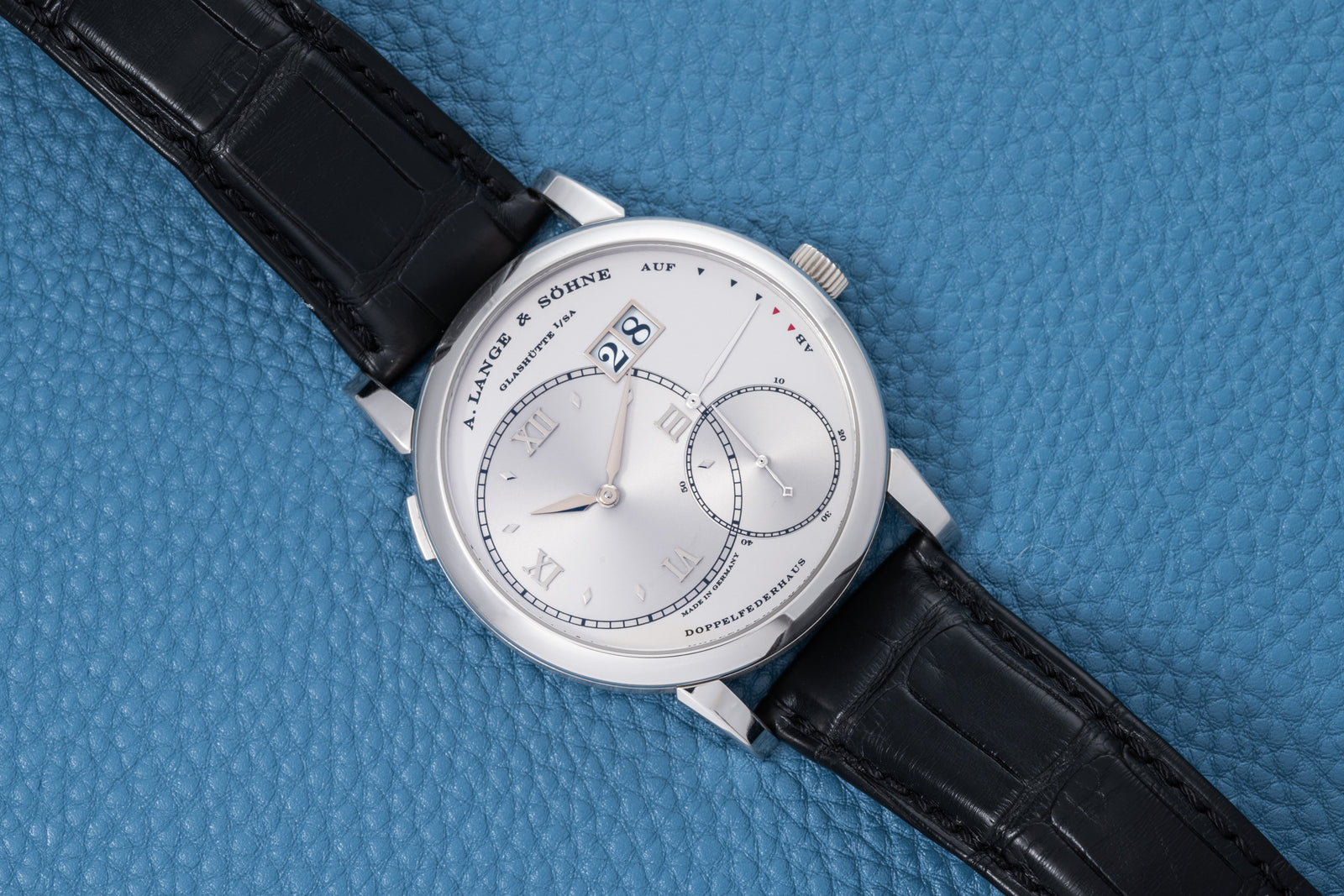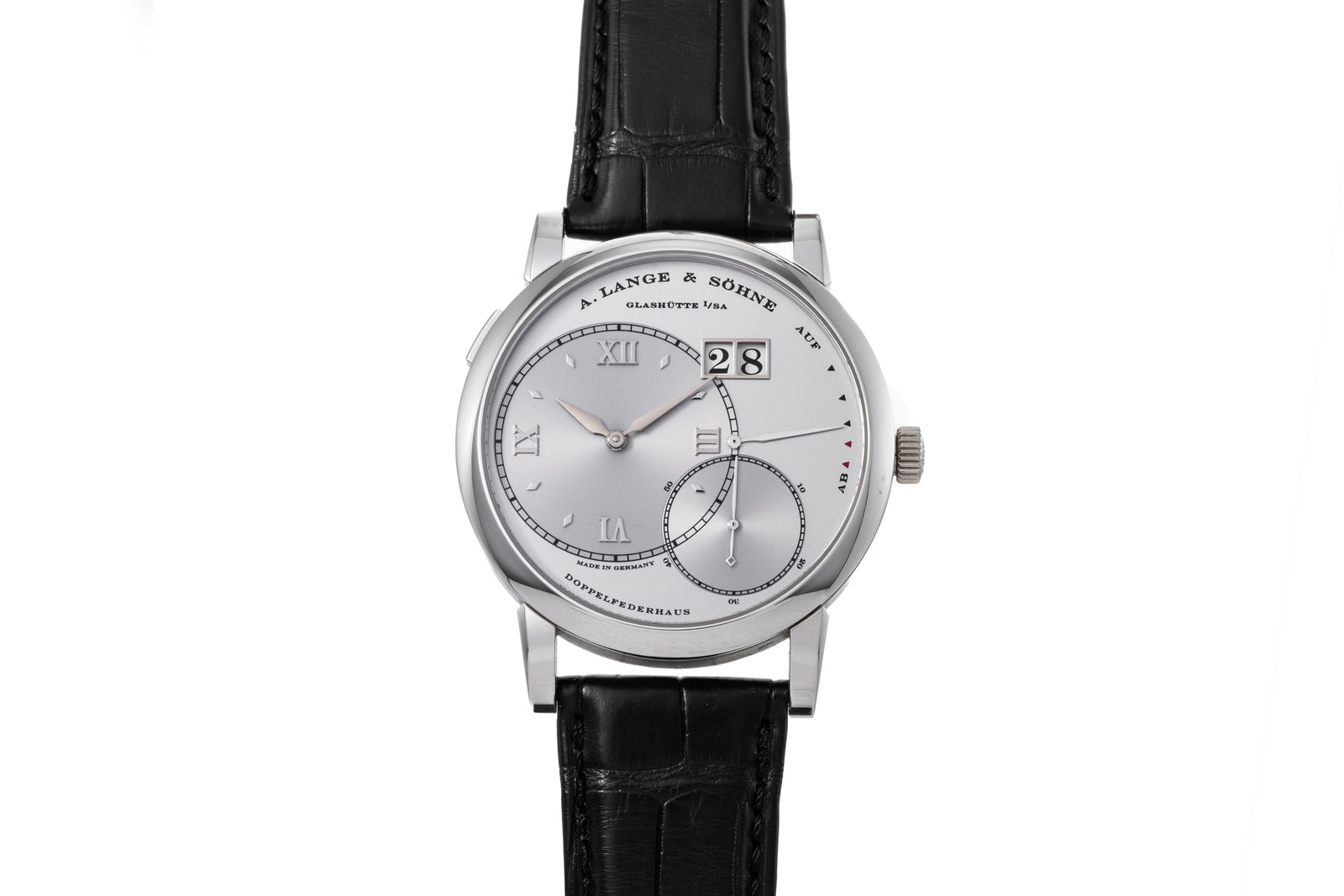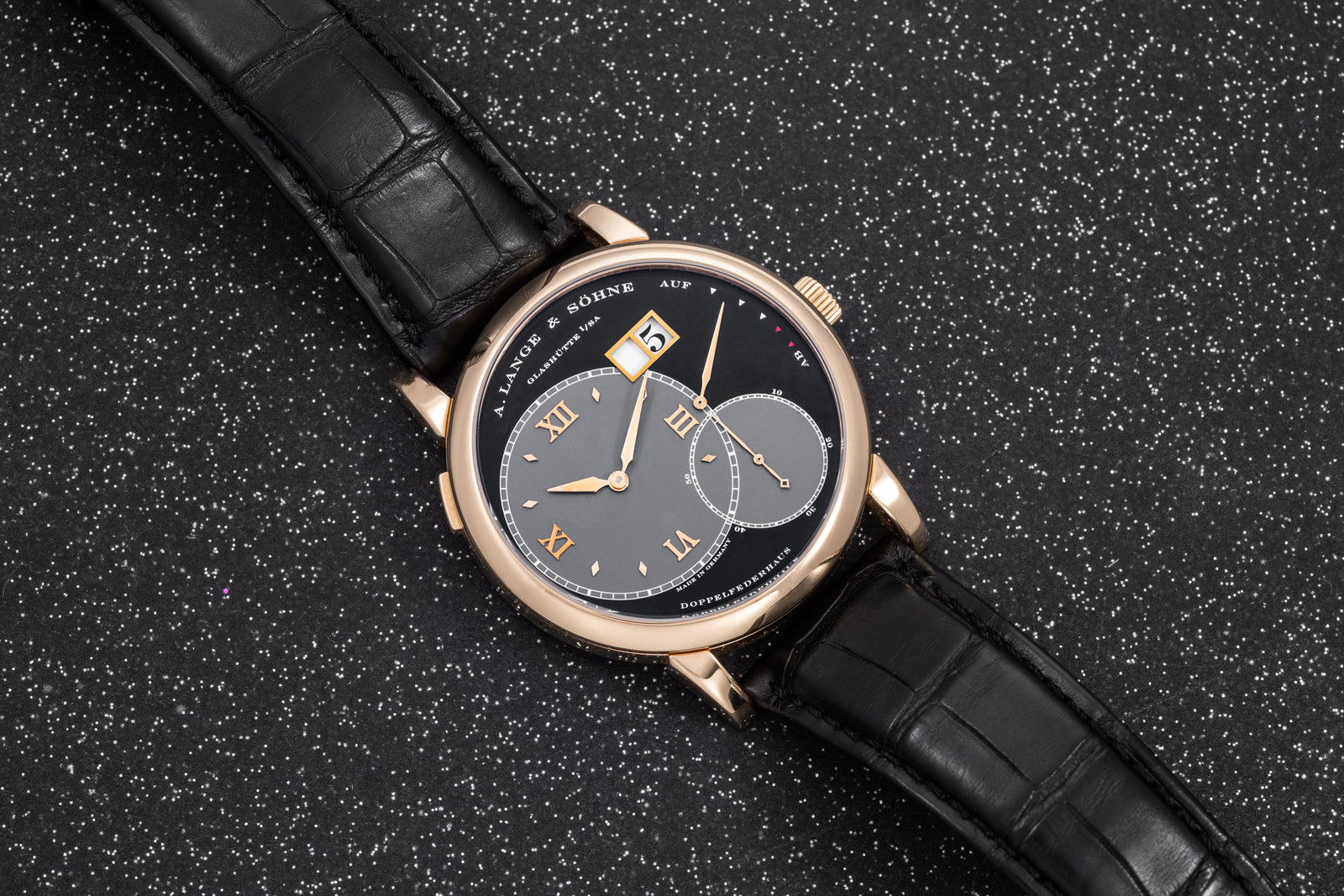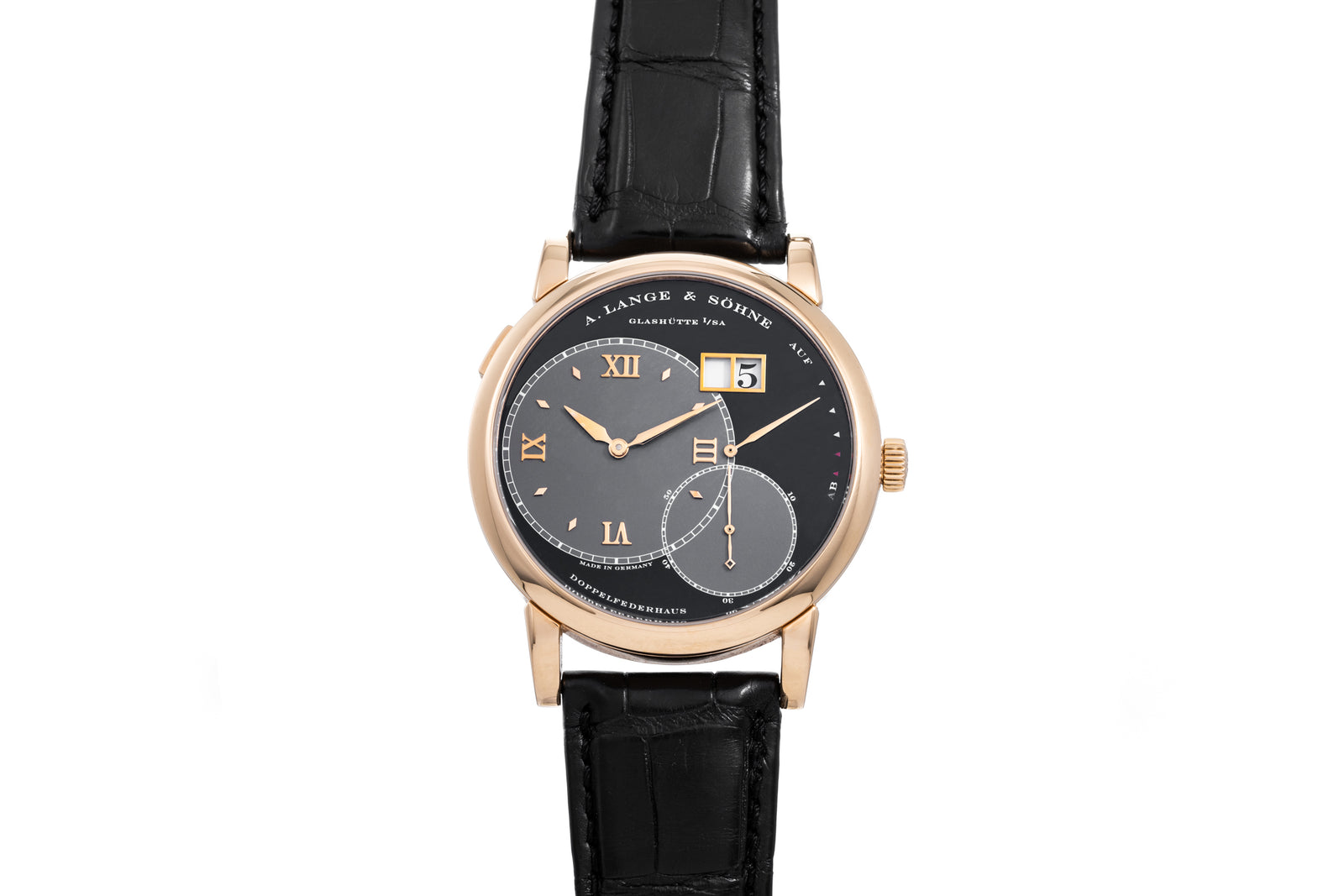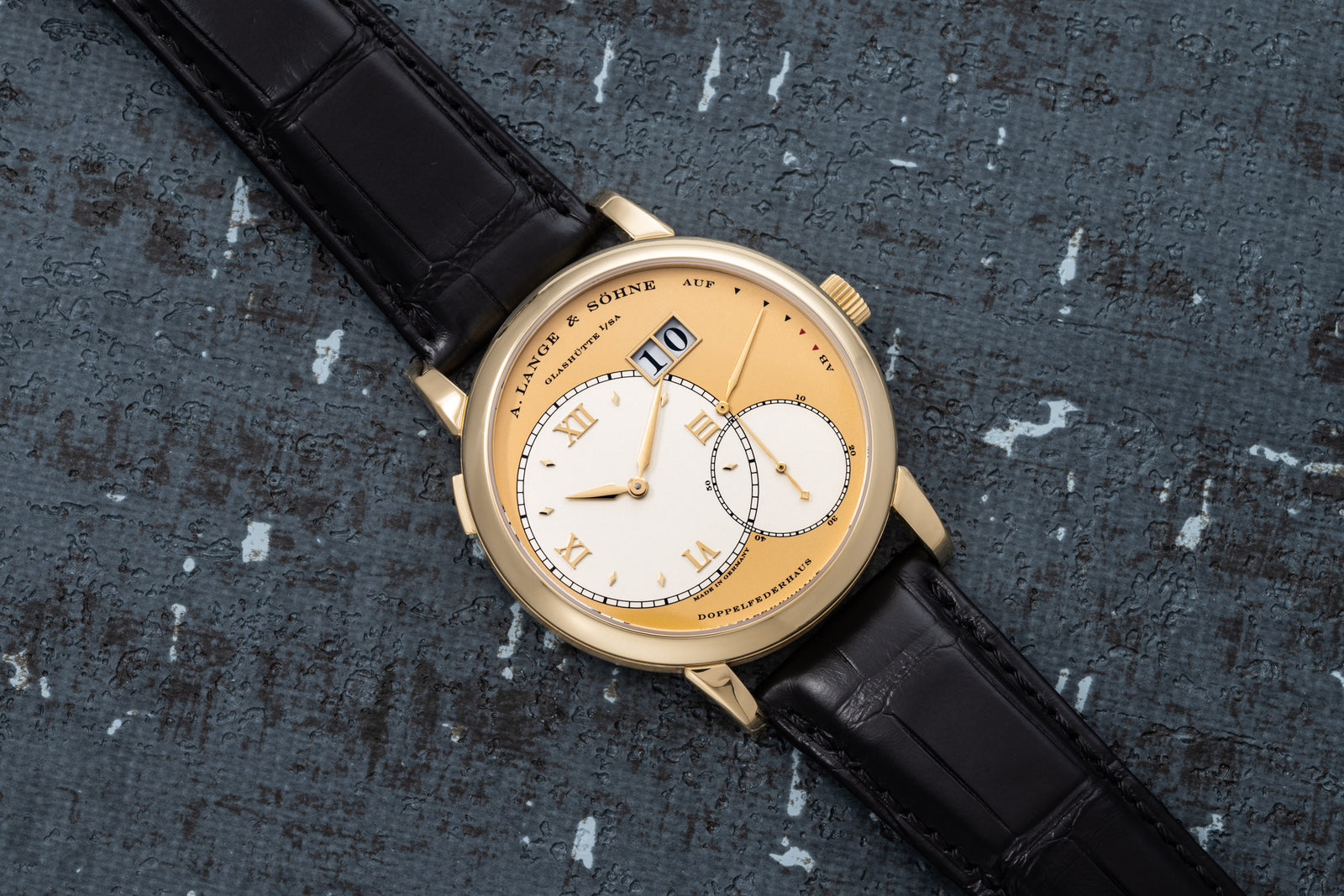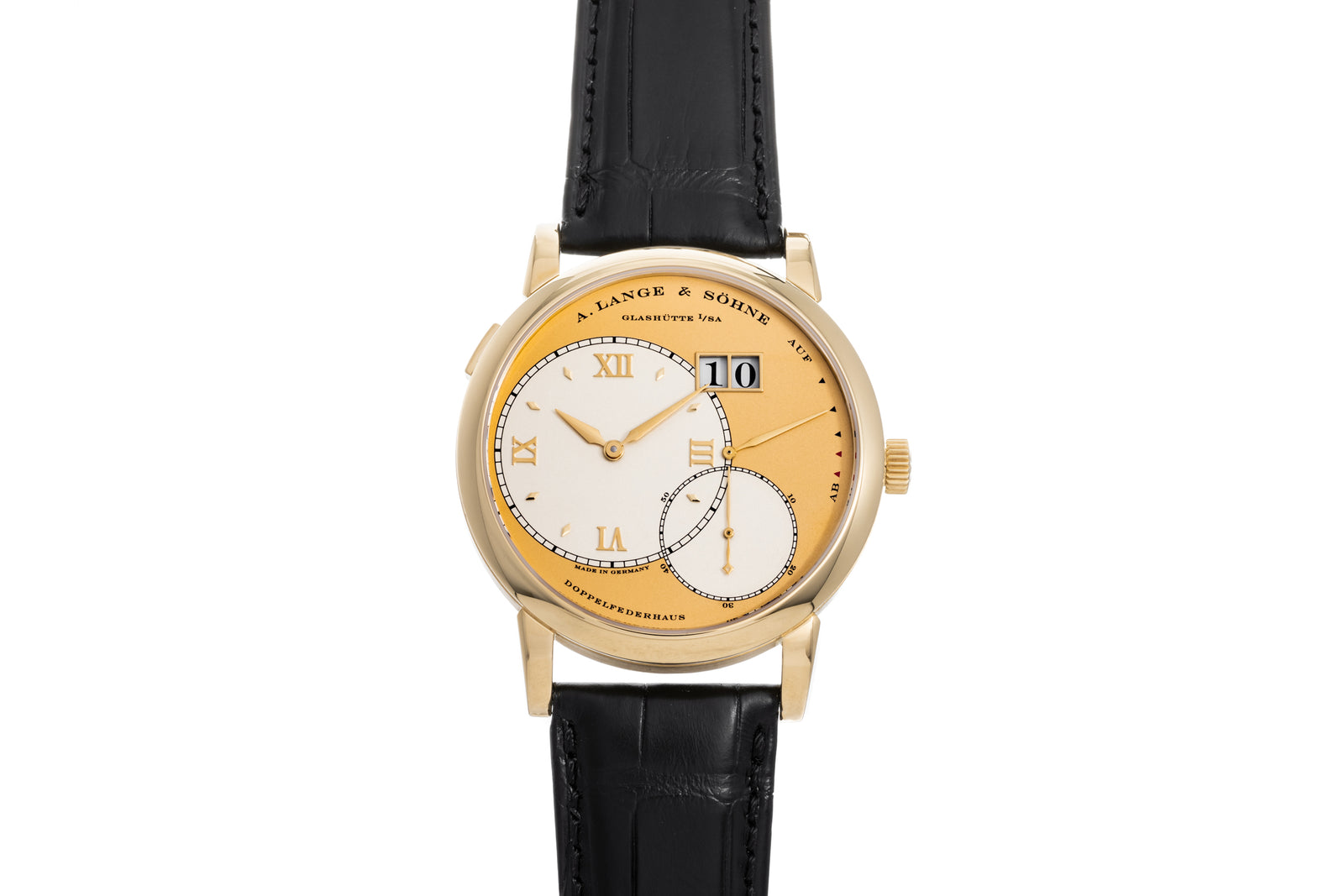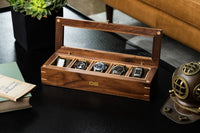IWC Mark XI
- Soldspan>
- Sold
Why We Love it
–
Why We Love it
–The maiden flight of the De Havilland Comet in July of 1949 ushered in a new era of aviation. Aerodynamic and clean, the Comet was a huge departure from the noisy, propeller-driven airplanes that had ferried passengers since between the World Wars. RAF Wing Commander Maurice A. Smith, a veteran pilot of World War II, wrote in an edition of Flight magazine: “… few, if any, having flown in a jet-propelled transport, will wish to revert to the noise, vibration, and attendant fatigue of an airscrew-propelled piston-engined aircraft.”
In the early post-war years, the air forces of the world still used propeller-driven single-seat fighters such as the iconic Supermarine Spitfire, Messerschmitt Bf 109, and North American P-51 Mustang. Heavy-bellied bombers like the Boeing B-29 Superfortress, Junkers Ju-87 Stuka, and the Bristol Beaufighter still dominated the skies. But the performance of jet fighters in the waning years of the Second World War (such as Messerschmitt’s Me-262 Schwalbe) proved the superior performance of jet-powered flight, and by the 1950s the former Allied powers all launched jet-powered aircraft of their own.
So when a jet-propelled Boeing B-50 Superfortress dubbed Lucky Lady II became the first aircraft to fly around the world without stopping, it showed that the United States could send bombers—whether jet-powered or otherwise—to “any place in the world that required the atomic bomb.”
The Lucky Lady II was part of the 43rd Bombardment Group, which earned a Distinguished Unit Citation for flying missions against the Japanese over Papua New Guinea. After the war, the 43rd Bombardment Group began conducting long-range test missions. These missions were to prove integral to reasserting the US’s military might after the Soviets closed all land routes into Berlin in 1948.
To the leaders of the US Air Force, flying around the world without having to land would show the Soviets that the US could strike anywhere—at any time, in any aircraft.
The first airplane that the USAF chose for this mission, the Global Queen, had to land in the Azores after experiencing engine malfunctions. So the Lucky Lady II—which had been refitted with an extra fuel tank in the bomb bay—was chosen to fulfill the mission. A day later, at 12:21 PM on February 25, 1949, the Lucky Lady II took off from Carswell Air Force Base in Fort Worth, TX.
The flight path of the B-50 bomber roughly followed the 32nd parallel, at altitudes between 10 to 20,000 feet and 249 miles per hour. This took it over the Azores, Morocco, Saudi Arabia, India, and China before reentering U.S. air Throughout the flight, the bomber was refueled four times by KB-29M Superfortresses based in the Azores, Saudi Arabia, the Philippines, and Hawaii.
On March 2, at 10:22 A.M., the Lucky Lady II flew past the control tower of its home base, and landed ten minutes later after a flight of 94 hours and one minute—fulfilling its mission a full two minutes before the ETA that had been calculated at take-off.
When aviation became militarized during the First World War, the use and importance of watches as navigational tools increased. During World War II, the British Ministry of Defense called upon manufacturers to design watches that could meet the rigorous standards required for military use. The new standard issued, which the MOD coded 6B/346, required chronometer-grade and anti-magnetic movements.
The MoD gave the contract to two manufacturers: Jaeger-LeCoultre and, of course, IWC, and thus the Mark XI was born.
IWC met the antimagnetic properties by covering the movement with a soft iron cage. The Mark XI was fitted with the Calibre 89, regarded as perhaps the most robust three-hand movements of all time. The Calibre 89 runs at 18,000bph and features a double barrel, a Breguet hairspring, and a drive for the sweeping seconds hand that IWC patented.
The Ministry of Defense spared no expense in guaranteeing that the watches maintained their accuracy. Each watch was subjected to a 44-day testing period at the Royal Greenwich Observatory prior to being issued, which included 14 days in which the watches were tested in five different positions and at two different temperatures. Once the watches passed these rigorous tests, they had to be returned to the Royal Observatory for testing within a year.
The Mark XI entered military service in 1949 and was decommissioned in 1981. Its size (slightly small by today's standards) belies the sturdiness and dependability of this robust navigating machine. Reliable to the last, it exemplifies the truest notions of a tool watch.
This particular example shows just the right amount of age and patina, and hasn't been clipped of its original fixed spring bars as so many have. Aside from some missing lume in the minute hand (remediable - just ask!), this piece is practically perfect, and is priced very attractively, too!
A:S Guarantee
+
A:S Guarantee
+Our Pledge
Analog:Shift stands behind the authenticity of our products in perpetuity.
Condition
Since our pieces are vintage or pre-owned, please expect wear & patina from usage and age. Please read each item description and examine all product images.
Warranty
We back each Analog:Shift vintage timepiece with a one-year mechanical warranty from the date of purchase.
International Buyers
Please contact us prior to purchase for additional details on shipping and payment options.
Shipping & Returns
+
Shipping & Returns
+All of our watches include complementary insured shipping within the 50 states.
Most of our products are on hand and will ship directly from our headquarters in New York City. In some cases, watches will be shipped directly from one of our authorized partners.
We generally ship our products via FedEx, fully insured, within 5 business days of purchase. An adult signature is required for receipt of all packages for insurance purposes. Expedited shipping is available at an additional cost. We are also happy to hand deliver your purchase in Manhattan or you may pick it up at our showroom.
Returns must be sent overnight or by priority international delivery, fully insured and paid for by the customer. A restocking fee may apply. Watches must be returned in the same condition as initially shipped.
We welcome international buyers, please contact us prior to purchase for additional details on shipping and payment options.
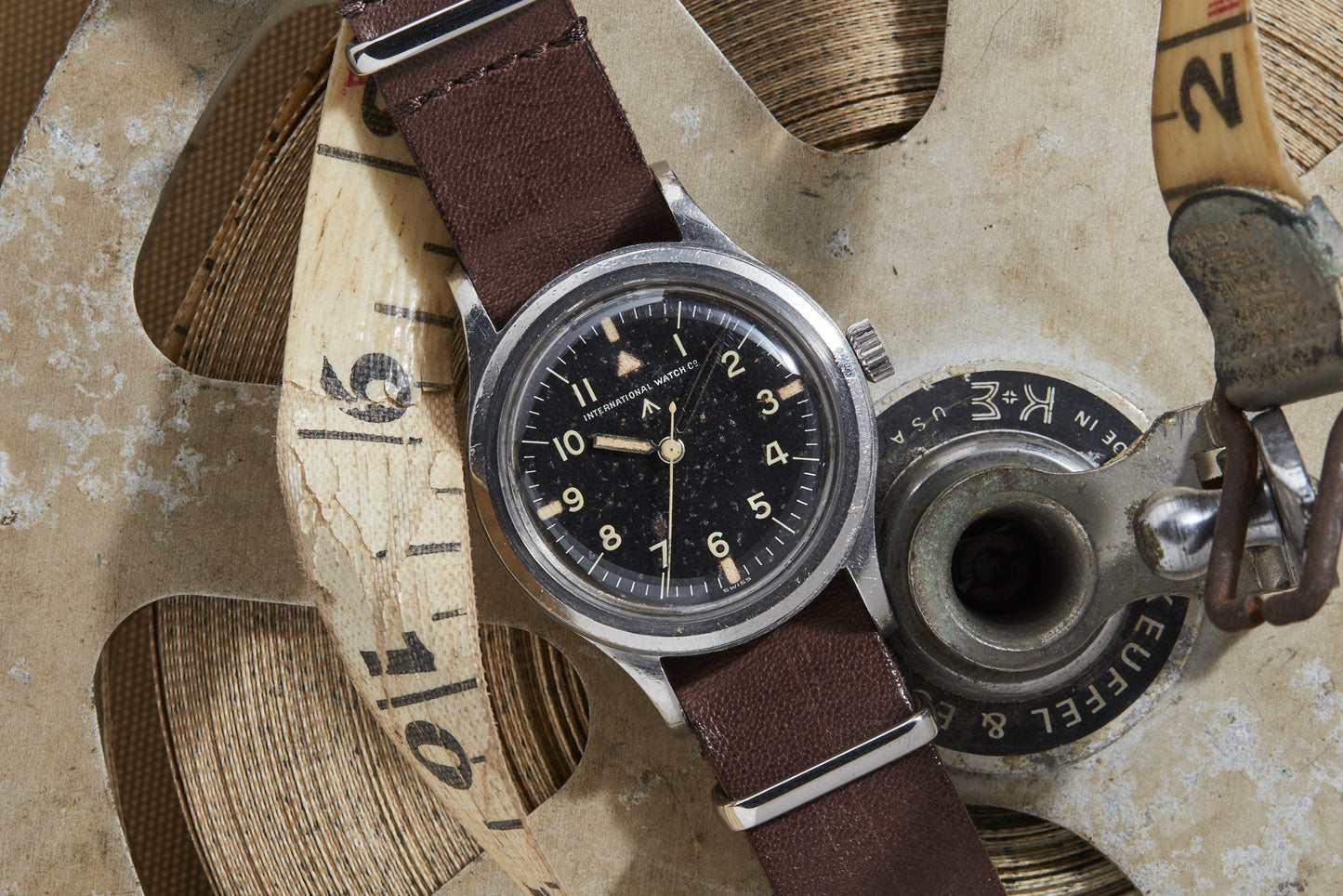
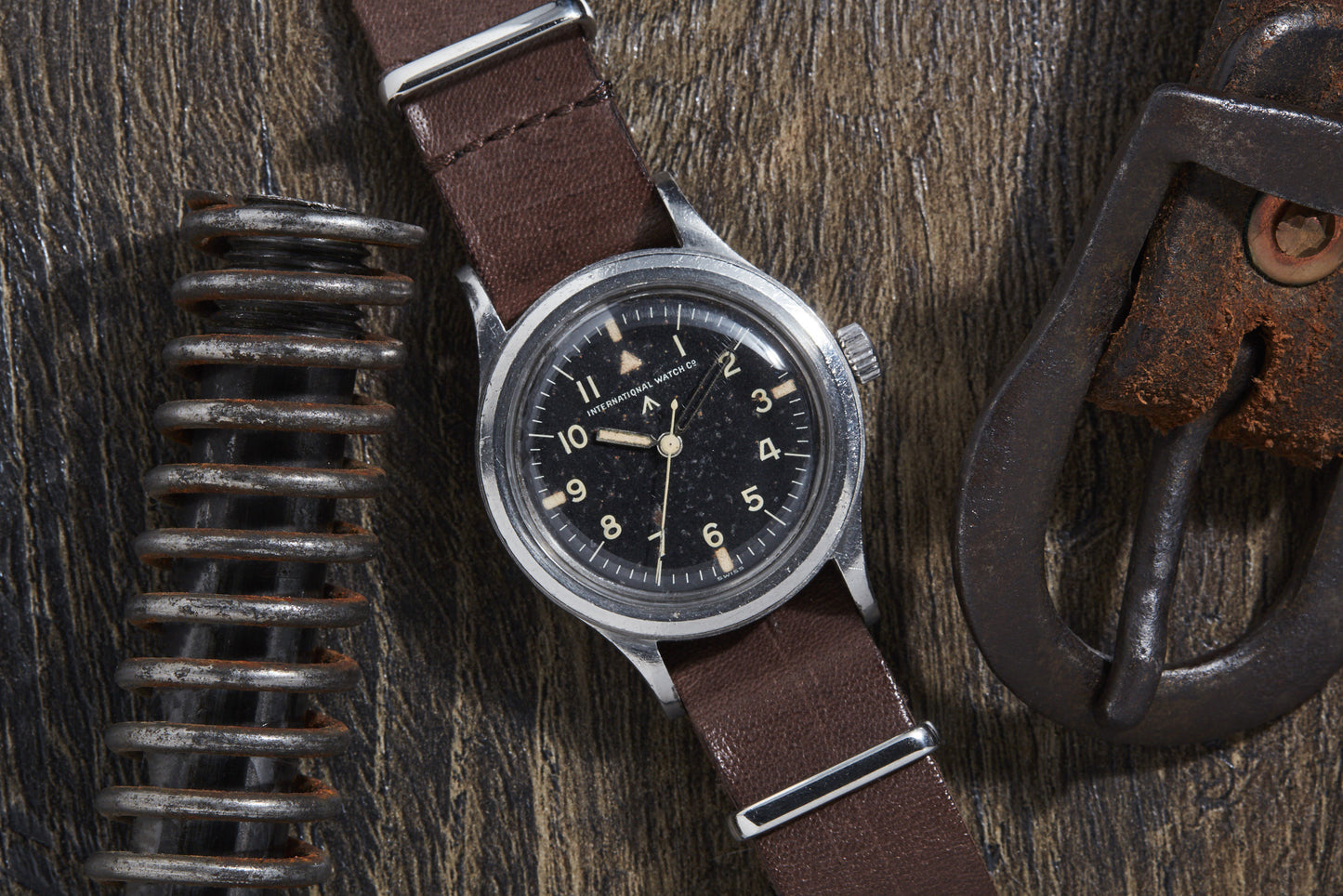
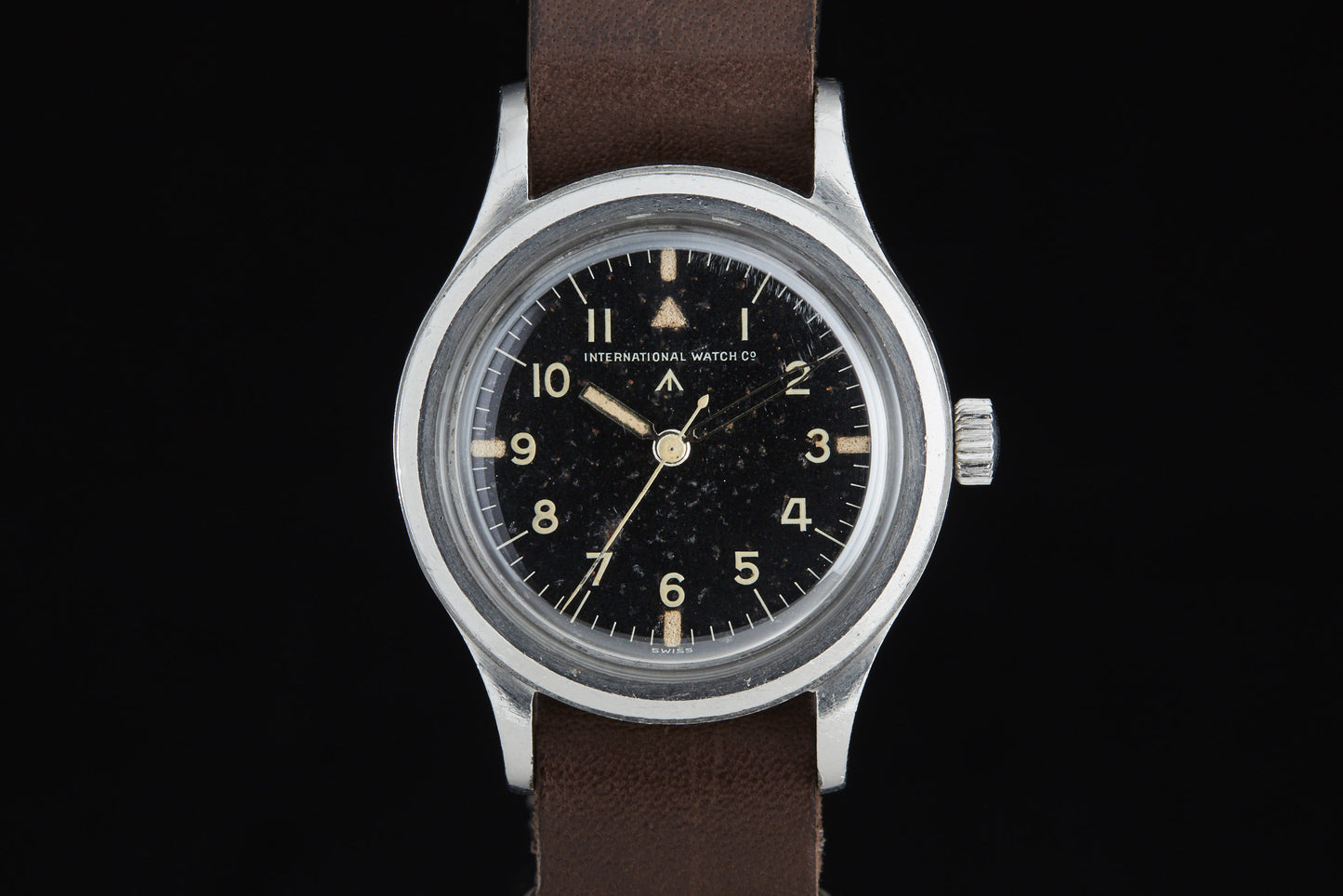
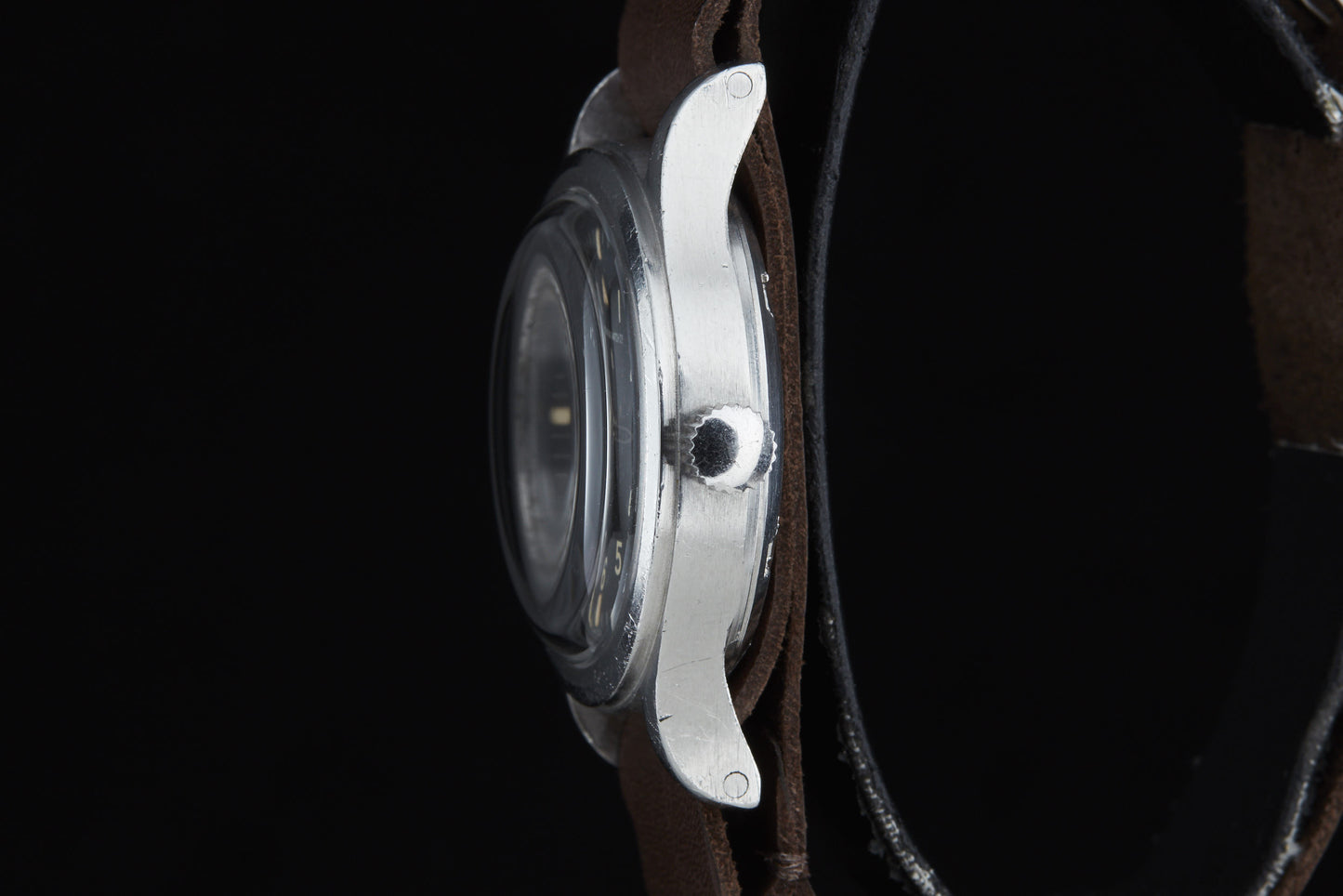
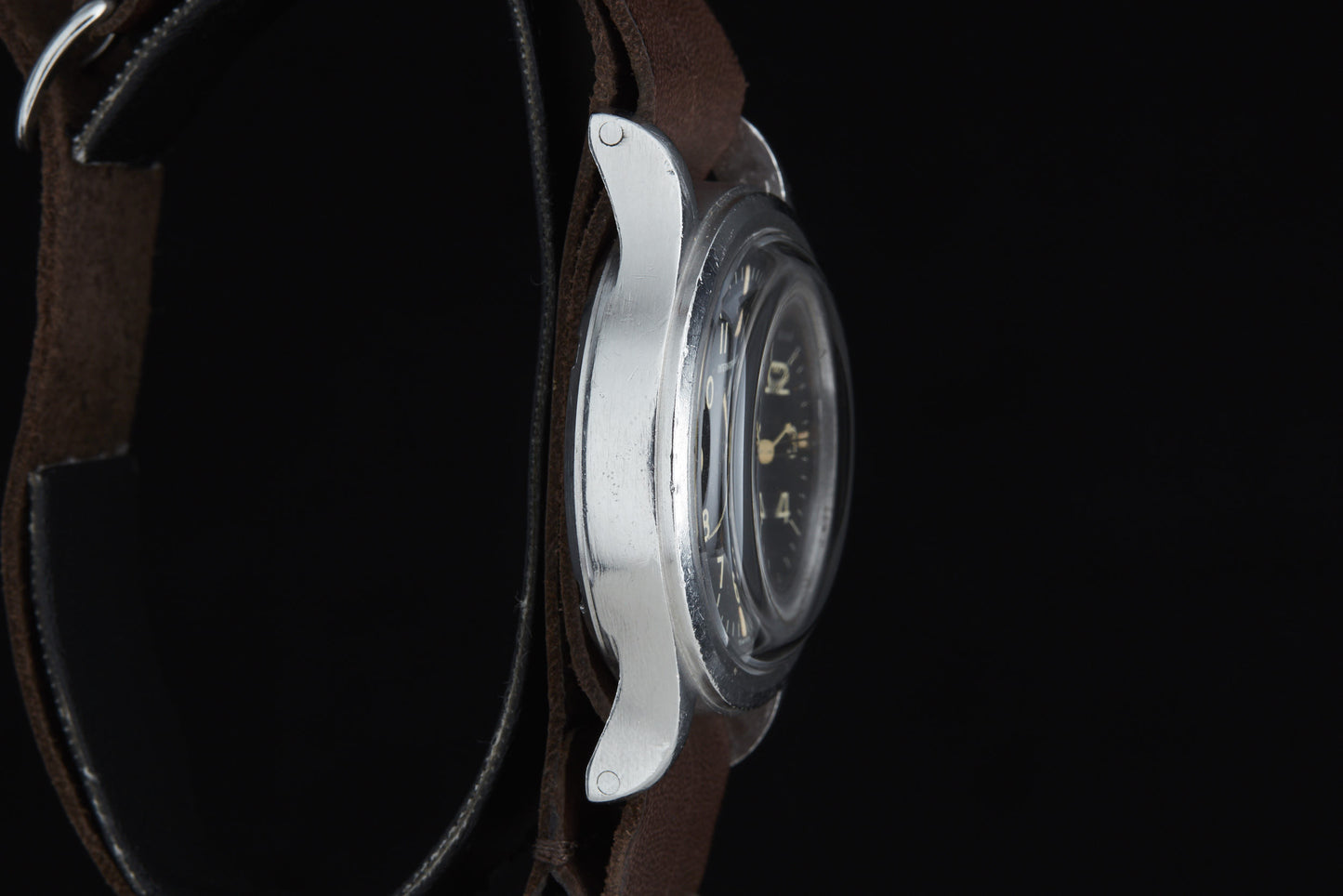
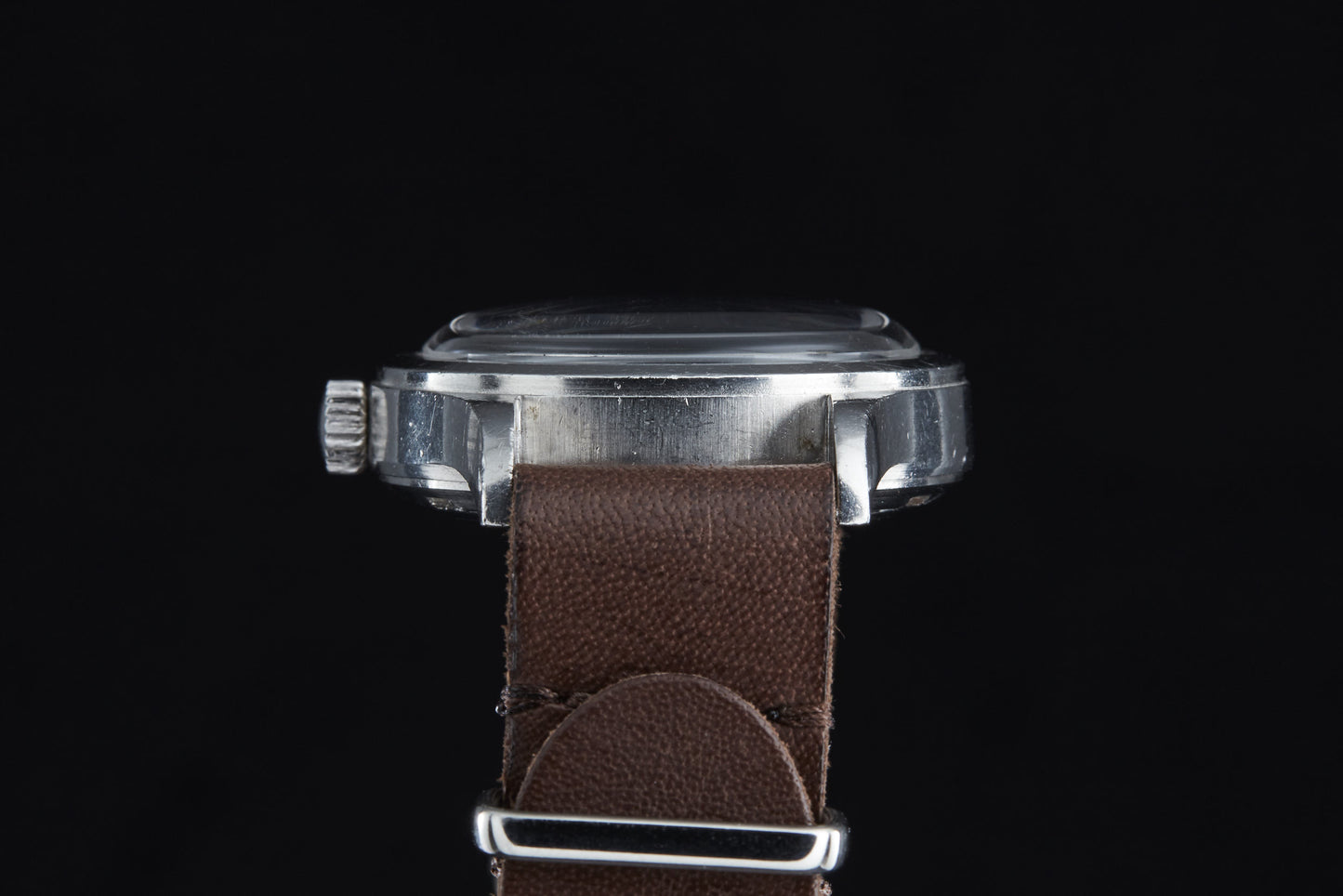
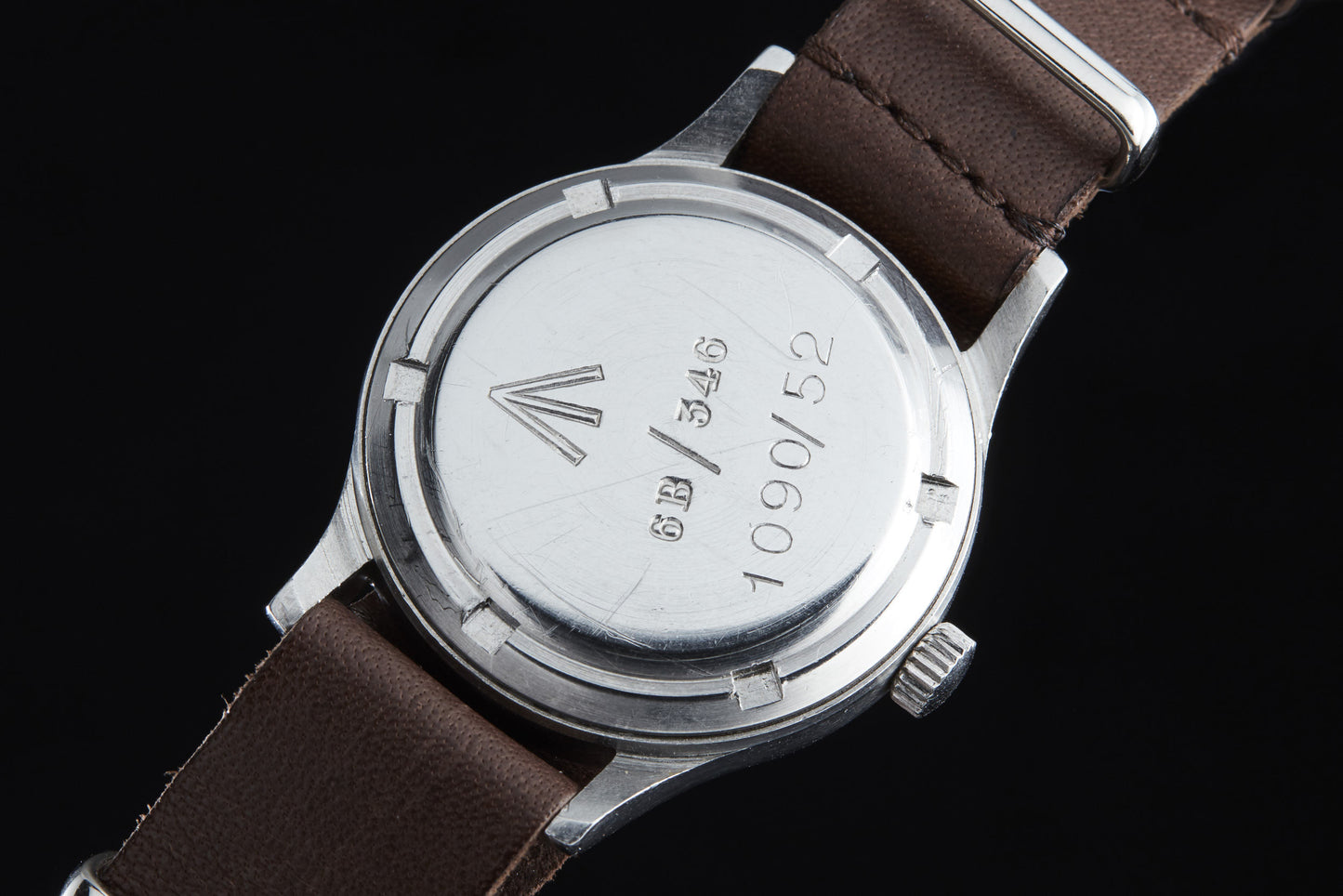

IWC Mark XI
- Soldspan>
- Sold







